Forums
- Forums
- Duggy's Reference Hangar
- USAAF / USN Library
- B-18 Bolo/Digby
B-18 Bolo/Digby
Post a reply
- Go to Previous topic
- Go to Next topic
- Go to Welcome
- Go to Introduce Yourself
- Go to General Discussion
- Go to Screenshots, Images and Videos
- Go to Off topic
- Go to Works in Progress
- Go to Skinning Tips / Tutorials
- Go to Skin Requests
- Go to IJAAF Library
- Go to Luftwaffe Library
- Go to RAF Library
- Go to USAAF / USN Library
- Go to Misc Library
- Go to The Ops Room
- Go to Made in Germany
- Go to Campaigns and Missions
- Go to Works in Progress
- Go to Juri's Air-Raid Shelter
- Go to Campaigns and Missions
- Go to Works in Progress
- Go to Skinpacks
- Go to External Projects Discussion
- Go to Books & Resources
-
11 years agoSat Aug 24 2019, 11:47pm
 Main AdminText from Joe Baugher
Main AdminText from Joe Baugher
The Douglas B-18 Bolo was a military adaptation of the DC-2 commercial transport to the long-range bombing role. Although totally obsolescent by the end of 1941, it was numerically the most important long-range bomber in service with the USAAC at the time of America's entry into World War 2.
The origin of the B-18 can be traced back to the same 1934 Army competition that led to the famed Boeing B-17. In May of 1934, the Army announced a competition for a multi-engined bomber capable of carrying a ton of bombs at more than 200 mph over a distance of 2000 miles. This Army requirement envisaged from the start that the winning design would have a production run of as many as 220 planes. Several manufacturers were invited to submit bids, with the entries to be flown at Wright Field in a final competition to select the winner.
The Douglas entry bore the company designation of DB-1. It drew heavily on the company's experience with its DC-2 commercial airliner. The DB-1 was designed around the wings of the DC-2 and was fitted with a deeper and fatter fuselage which contained a bomb bay within its center section. The DB-1 had larger tail surfaces than did the standard DC-2, plus a wing with a slightly larger span and area resulting from the fitting of rounded tips. A six-man crew was carried (two pilots, one navigator/bombardier, plus 3 gunners). Defensive armament consisted of three 0.30-cal machine guns, one each in manually-operated nose and dorsal turrets, and one firing from a ventral hatch. The dorsal turret was located just ahead of the vertical fin and was fully retractable. It was rather unusual in having a rectangular top, so that it could lie flush with the upper fuselage when retracted. A 4400-pound bombload could be carried in the bomb bay.
The DB-1 made its first flight in April of 1935, powered by a pair of 850 hp Wright R-1820-G5 air-cooled radials. Maximum speed was 233 mph, with cruising speed being 173 mph. Range was 2030 miles with a 2000- pound bombload. Service ceiling was over 25,000 feet. It was delivered to Wright Field for the competition in August of 1935. Competitors included the Martin 146, which was a streamlined and enlarged version of the B-10 twin-engined light bomber then already in Army service, plus the four-engined Boeing 299, which was eventually to emerge as the famed B-17 Flying Fortress.
Test flights proved the DB-1 to be inferior in almost every respect to the Boeing 299. However, the DB-1 did have the advantage over the Boeing design in being substantially cheaper. In addition, the crash of the Boeing 299 on October 30, 1935 caused the USAAC to opt for the conservative approach, and on January 28, 1936 they ordered 82 B-18s, with the order being increased to 132 by June. Fortunately, the Army also ordered 13 Boeing YB-17s.
Production B-18s were powered by a pair of 930 hp Wright R-1820-45 radials housed in revised cowlings. The nose cone was somewhat shorter than that of the DB-1 prototype, and it contained more lateral windows as well as a bomb-aiming window in its forward lower portion. With full military equipment fitted, the performance of the production B-18 fell off slightly, to a maximum speed of 217 mph, cruising speed of 167 mph, and combat range of 850 miles. Nevertheless, the B-18 was the most modern bomber design then available to the Army.
The first production B-18 was delivered to Wright Field on February 23, 1937. The DB-1 prototype was brought up to full B-18 standards and was redelivered to the Army five days later as serial number 37-51.
The DB-2 was a B-18 airframe fitted in March 1937 with a power-driven nose turret with an extensively-glazed large bombardier's enclosure. It bore the serial number 37-34, which identified it as the last aircraft ordered on the original B-18 contract. However, it was delivered out of sequence, and it was actually the 36th B-18 to be delivered when it was received at Wright Field on November 8, 1937. This modified nose did not prove satisfactory, and the aircraft was eventually converted back to standard B-18 configuration before being delivered to the 18th Reconnaissance Squadron at Mitchel Field, New York.
The second (and last) major production version of the Douglas bomber was the B-18A. The B-18A differed from the B-18 in having the bomb-aimer's position moved upward and forward underneath an extended glazed housing, while the flexible forward-firing nose gun was moved further back and below and was mounted inside a globular ball turret. This led to the rather unusual geometry in which the bombardier sat above and ahead of the nose gunner. A transparent domed cap was added to round off the top of the dorsal turret, so that it no longer lay flush with the fuselage when retracted. The B-18A was powered by two 1000-hp Wright R-1820-53 radials driving fully-feathering propellers.
177 B-18As were ordered on June 10, 1937, with 78 more being added to the contract on June 30, 1938. The B-18A flew for the first time on April 15, 1938. The first B-18A was delivered to the Army in April of 1938, with the last example being delivered in January of 1940. Only 217 out of the 255 ordered were actually delivered as B-18As, the last 38 examples being built as B-23s.
Fearing the imminent breakout of war in Europe, a delegation from the British Air Ministry toured the Douglas plant in late 1938 seeking to purchase combat aircraft. Douglas was unable to interest the British in the B-18 design, as it was deemed by the RAF to have insufficient power, poor airfield performance, and inadequate defensive armament. The RAF chose to order the Lockheed Hudson instead. However, Douglas did succeed in acquiring an order for 20 B-18A from the Royal Canadian Air Force (RCAF). In Canadian service, these 20 planes were designated Digby Mk 1. The Digby was generally similar to the USAAC's B-18As, but had 0.303 cal machine guns as well as some other British and Canadian equipment. The first Digby entered RCAF service in late 1939. These carried the Canadian serial numbers 738 thru 757. They served with No 10 (BR) Squadron, where they were assigned the duty of patrolling the North Atlantic in search of German U-boats.
In 1939, the DB-1 prototype (which had been delivered to the Army as serial number 37-51) was modified to test the feasibility of firing large-caliber cannon from aircraft. A forward-firing 75-mm cannon was mounted in a fixed position in the bomb bay and the nose was cut down to accommodate the muzzle. Initial tests were carried out over Lake Erie and at the Aberdeen Proving Grounds in Maryland. Vibration during firing proved excessive, and the experiments were eventually discontinued. However, the data gathered was of great value in developing the B-25G and H cannon-firing versions of the North American Mitchell medium bomber during the war.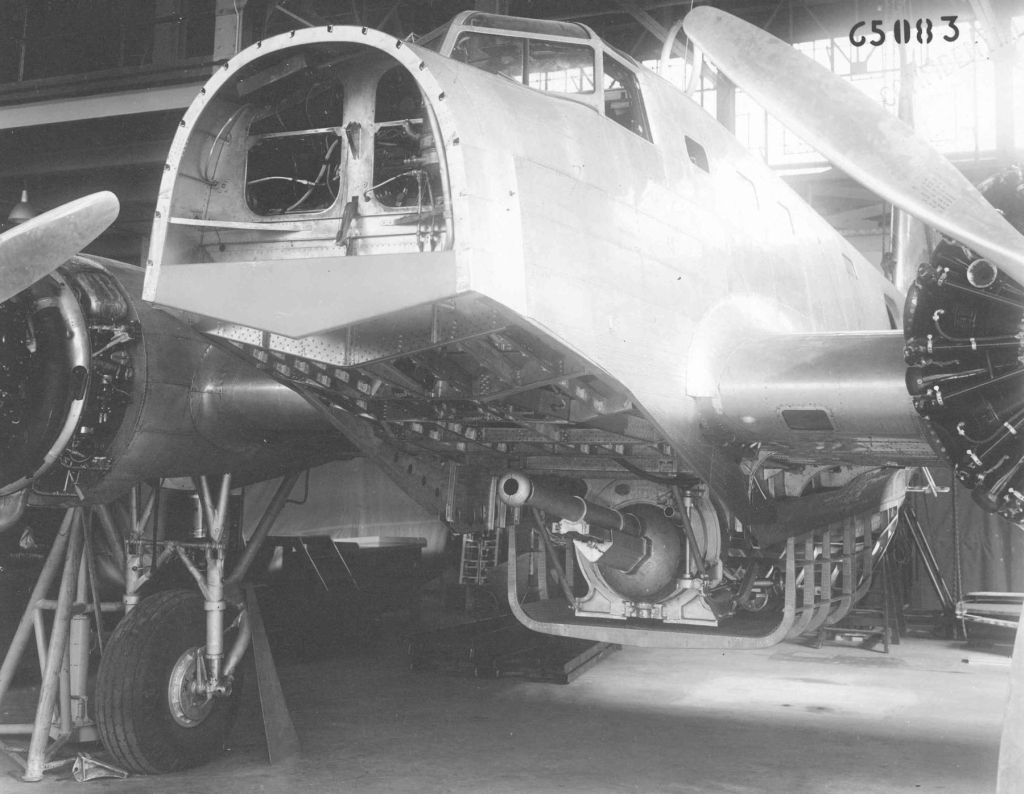
In 1940, 22 B-18s and 17 B-18As had their D-3 and B-7 bomb shackles removed so that larger bombs could be carried. They were redesignated B-18M and B-18AM respectively.
Deliveries of B-18s to Army units began in the first half of 1937, with the first examples being test and evaluation aircraft being turned over to the Materiel Division at Wright Field, Ohio, the Technical Training Command at Chanute Field, Illinois, the Aberdeen Proving Ground in Maryland, and Lowry Field in Colorado. The first operation unit to receive the B-18 was the 7th Bombardment Group based at Hamilton Field in California. B-18s later went to the 5th Bombardment Group at Luke Field, Oahu, the 19th Bombardment Group and 38th Reconnaissance Squadron at Mitchel Field, and the 21st Reconnaissance Squadron at Langley Field, Virginia. These units were also later supplemented with B-18As, with B-18As also being supplied to the 2nd Bombardment Group at Langley Field.
By the early 1940s, the deficiencies in the B-18/B-18A bomber were becoming readily apparent to almost everyone. In range, in speed, in bombload, and particularly in defensive armor and armament, the design came up short, and the USAAC conceded that the aircraft was totally unsuited in the long-range bombing role for which had originally been intended. To send crews out in such a plane against a well-armed, determined foe would have been nothing short of suicidal. However, in spite of the known shortcomings in the B-18/B-18A, the Douglas aircraft was the most numerous American bomber type deployed outside the Continental United States at the time of Pearl Harbor. It was hoped that the B-18 could play a stopgap role until more suitable aircraft became available in quantity.
In early December of 1941, the 5th and 11th Bombardment Groups at Hickam Field, Hawaii had 33 B-18s on strength, whereas the 28th Bombardment Squadron at Clark Field in the Philippnes had twelve. B-18/B-18As were also stationed with the 6th Bombardment Group in the Canal Zone, with the 9th Bombardment Group stationed at airfields in Trinidad, St. Lucia, and Surinam. When war came to the Pacific, most of the B-18/B-18A aircraft based overseas in the Philippines and in Hawaii were destroyed on the ground in the initial Japanese onslaught. The few Douglas bombers that remained played no significant role in subsequent operations.
The Bolos remaining in the continental USA and in the Carribean were then deployed in a defensive role in anticipation of attacks on the US mainland. Fortunately, these attacks never materialized. In 1942, 122 B-18As were modified for the maritime reconnaissance bombing role to counter the U-boat menace. These modified aircraft were redesignated B-18B. An SCR-517-T-4 ASV (air to surface vessel) radar set was mounted under a radome in the nose, replacing the bombardier's shark-nose glazed area. The bombardier's station was moved below and behind the radome, where the forward turret had formerly been located. In addition, a Mk IV Magnetic Anomaly Detector (MAD) set was installed in a long tubular boom that extended behind and below the the rudder. Some B-18Bs were also equipped with a set of retro bombtracks underneath the wings which could fire bombs backwards in a prearranged pattern.
B-18Bs are credited with two U-boat kills--U-654 on August 22, 1942 and U-512 on October 2, 1942. The antisubmarine role was relatively short lived, and the Douglases were superseded in this role in 1943 by the B-24 Liberator which had a substantially longer range and a much heavier payload.
Like their American counterparts, the RCAF Digbys were also employed on maritime reconnaissance missions to counter the U-boat menace. The Canadian Digbys are credited with one U-boat kill. This was U-520 which was sunk on October 3, 1942 by Digby #757 PB-K of 10 (BR) Squadron operating out of Dartmouth (Halifax, Nova Scotia). By mid-1943, the RCAF Digbys had been superceded by Liberator GR. Vs in the anti-submarine role,
Two B-18s ended up serving in Brazil. 6300 (ex USAAF 36-300) and 7032 (ex USAAF 37-32) served with the Agrupamenato de Avioes de Adatacao, which was a provisional conversion training unit set up under the provisions of Lend-Lease. They were later used for anti- submarine patrols. They were struck off charge at the end of the war. Another B-18 was used as an instructional airframe, but I am unaware of its serial number.
Surviving USAAF B-18s ended their useful lives in training and transport roles within the continental USA, and saw no further combat action. Two B-18As were modified as unarmed cargo transports under the designation C-58. At the end of the war, those bombers that were left were sold as surplus on the commercial market. Some postwar B-18s of various models were operated as cargo or crop-spraying aircraft by commercial operators. The last Canadian Digby was struck off strength by the RCAF in 1946. So ends the career of one of the lesser lights of the Second World War.
The Air Force Museum at Wright-Patterson AFB in Dayton, Ohio has B-18A serial number 37-469 on display. It is equipped with a rectangular-topped dorsal turret from a B-18. Other preserved B-18As include 37-029 at Castle AFB Museum, 37-505 at McChord AFB Museum, 38-593 at the Pima museum, and 39-025 at Cannon AFB Museum
B-18 serials:
36-262/343
36-431/36-446
37-1/34.
29 is on display at Castle Air Museum, CA
B-18A serials:
37-458/634
469 is on display at US Air Force Museum, Wright
Patterson AFB, OH.
505 on display at McChord AFB, WA.
593 on display at Pima Air and Space Museum, Tucson, AZ.
38-585/609
39-12/64.
25 on display at Wings Over the Rockies museum,
Denver, CO.
B-18As 39-27/64 were delivered as B-23s
Specification of Douglas B-18:
Two Wright R-1820-45 air cooled radials, rated at 930 hp for takeoff and 810 hp at 10,200 feet. Maximum speed 217 mph at 10,000 feet. Cruising speed 167 mph. Landing speed 64 mph. Service ceiling 24,200 feet. Absolute ceiling 25,850 feet. Initial climb rate 1355 feet per minute. An altitude of 10,000 feet could be attained in 9.1 minutes. Range was 1082 miles with 2200 pounds of bombs and 412 gallons of fuel, or 1200 miles with 4400 pounds of bombs and 802 gallons of fuel. Maximum ferry range was 2225 miles. Dimensions: wingspan 89 feet 6 inches, length 56 feet 8 inches, height 15 feet 2 inches, wing area 959 square feet. Weights: 15,719 pounds empty, 21,130 pounds gross, 27,087 pounds pounds maximum takeoff. Normal bombload was 2200 pounds, but a maximum bombload of 4400 pounds could be carried. Armed with three 0.30-inch machine guns in nose, dorsal, and ventral positions.
Specification of Douglas B-18A:
Two Wright R-1820-53 air cooled radials, rated at 1000 hp for takeoff and 850 hp at 9600 feet. Maximum speed 215.5 mph at 10,000 feet. Cruising speed 167 mph. Landing speed 69 mph. Service ceiling 23,900 feet. Absolute ceiling 25,600 feet. Initial climb rate 1030 feet per minute. An altitude of 10,000 feet could be attained in 9.9 minutes. Range was 1150 miles with 2496 pounds of bombs. Dimensions: wingspan 89 feet 6 inches, length 57 feet 10 inches, height 15 feet 2 inches, wing area 959 square feet. Weights: 16,321 pounds empty, 22,123 pounds gross, 27,673 pounds pounds maximum takeoff. Normal bombload was 2200 pounds, but a maximum bombload of 4400 pounds could be carried. Armed with three 0.30-inch machine guns in nose, dorsal, and ventral positions.
Sources:
McDonnell Douglas Aircraft Since 1920: Volume 1. Rene Francillon, Naval Institute Press, 1988.
United States Military Aircraft Since 1909, Gordon Swanborough and Peter M. Bowers, Smithsonian, 1989.
American Combat Planes, Ray Wagner, Third Edition, Doubleday, 1982.
C-47 Skytrain in Action, Larry Davis, Squadron/Signal Publications, 1995.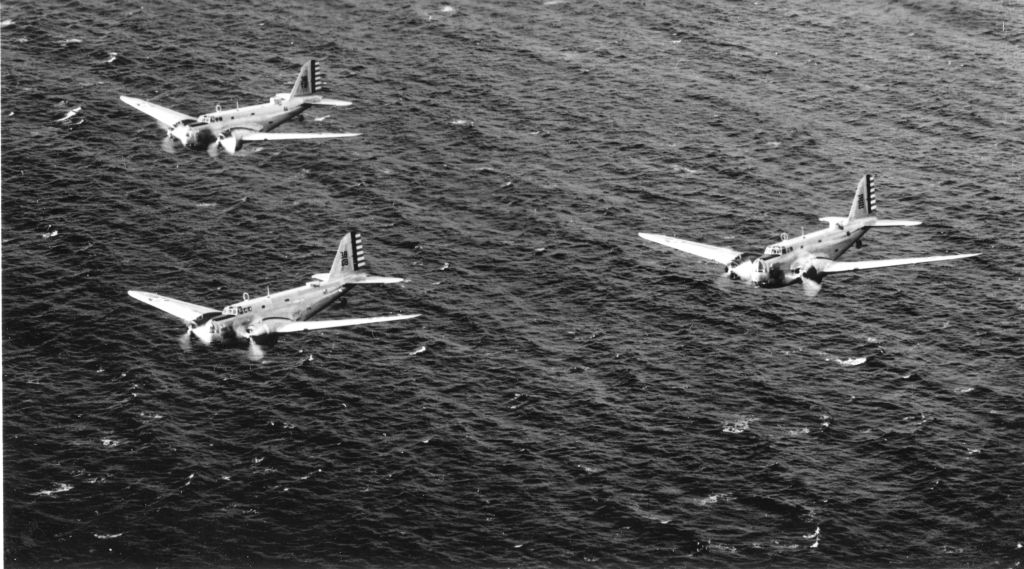
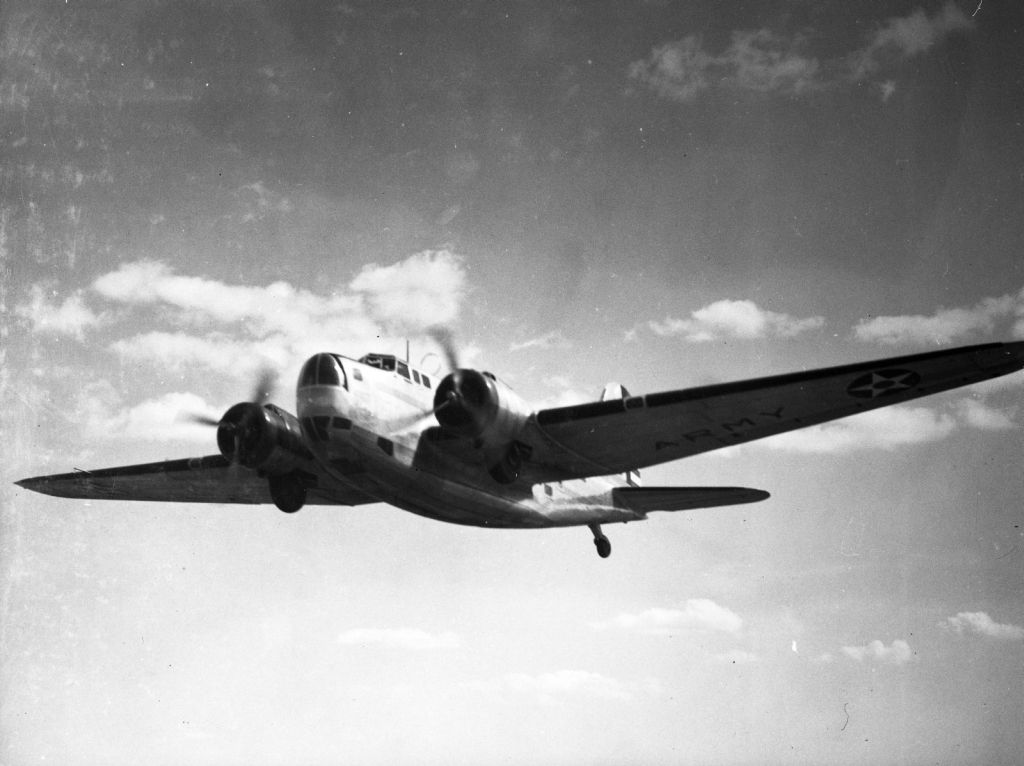
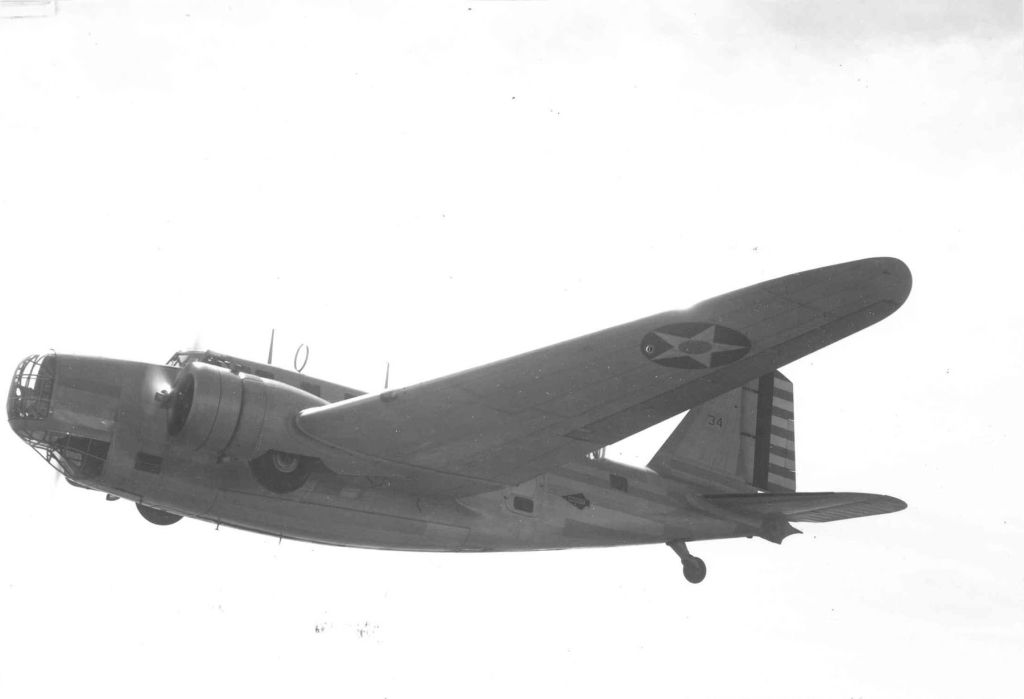



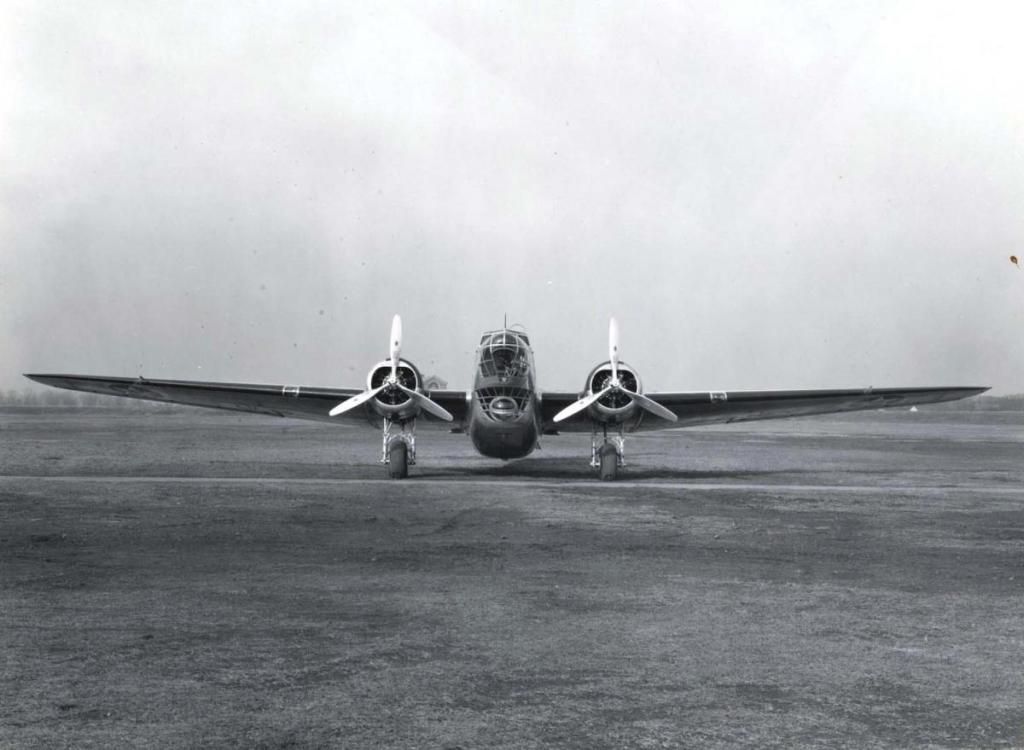
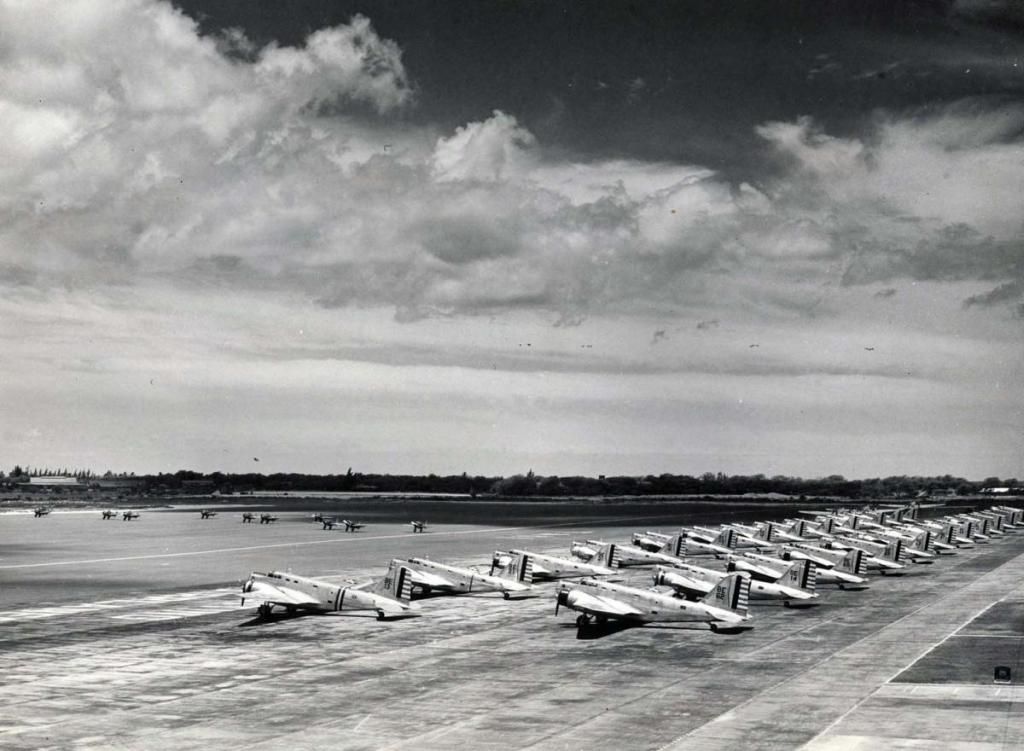
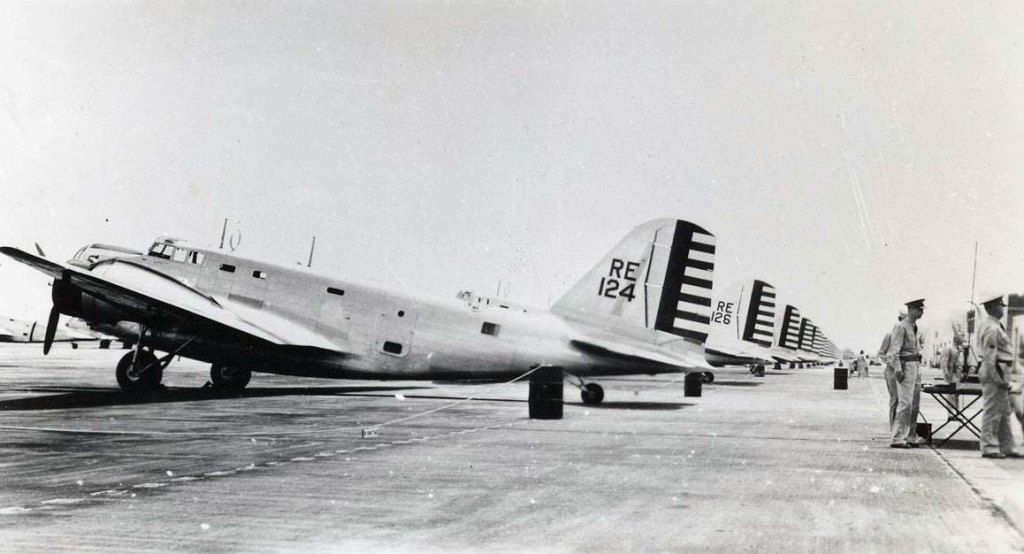

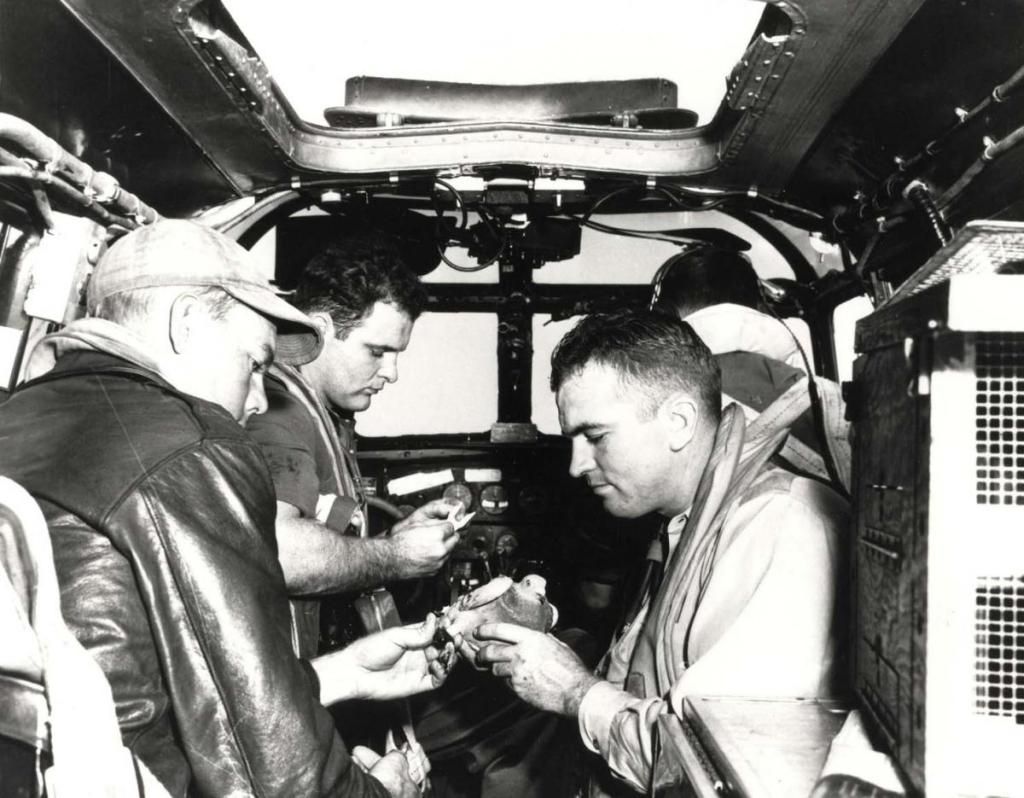
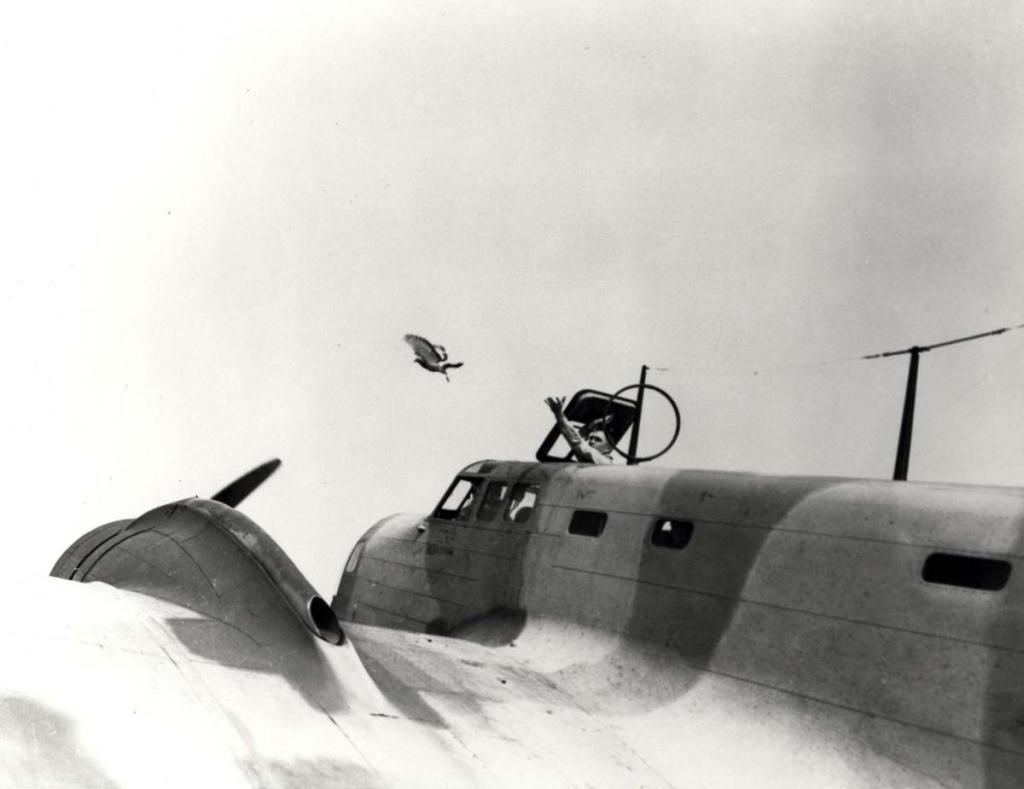

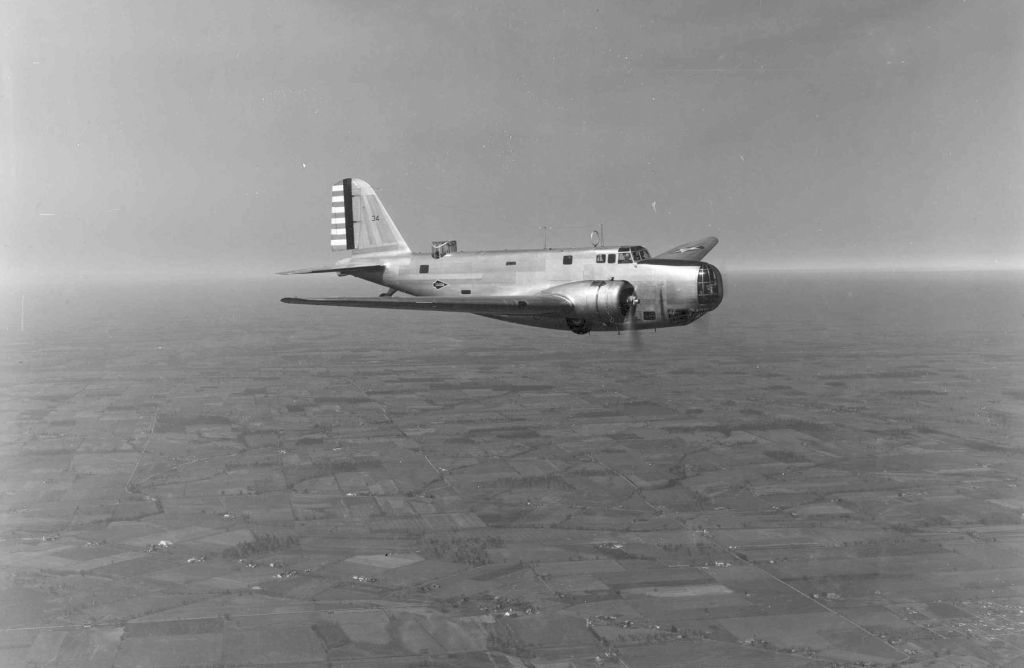

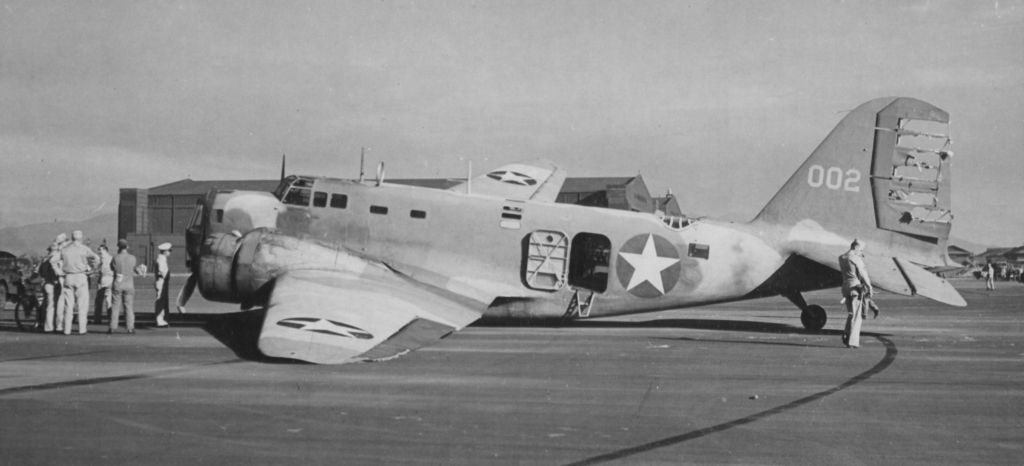

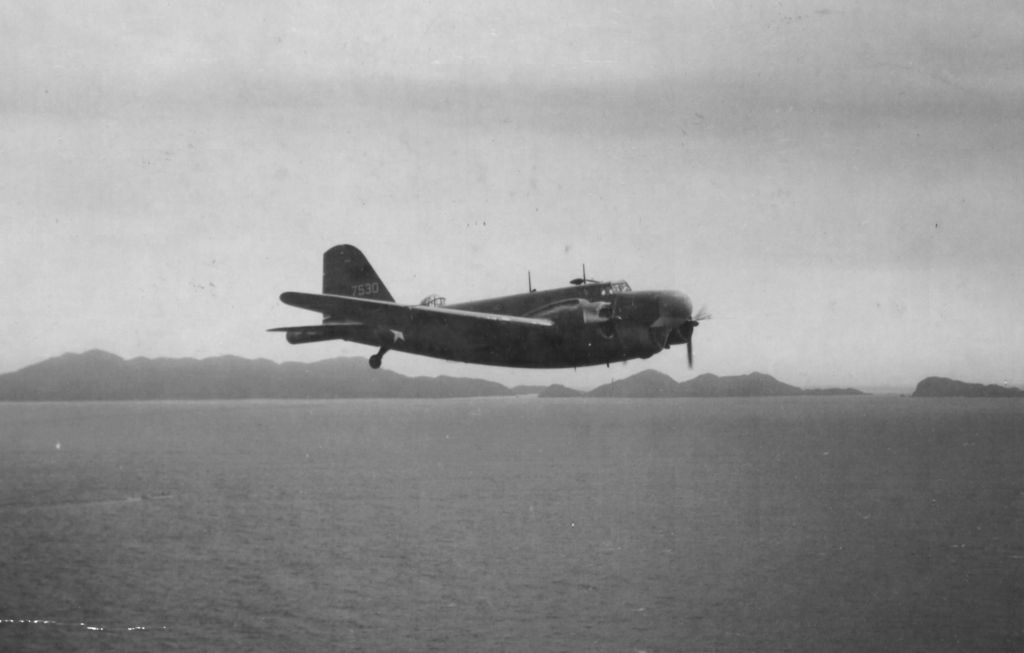
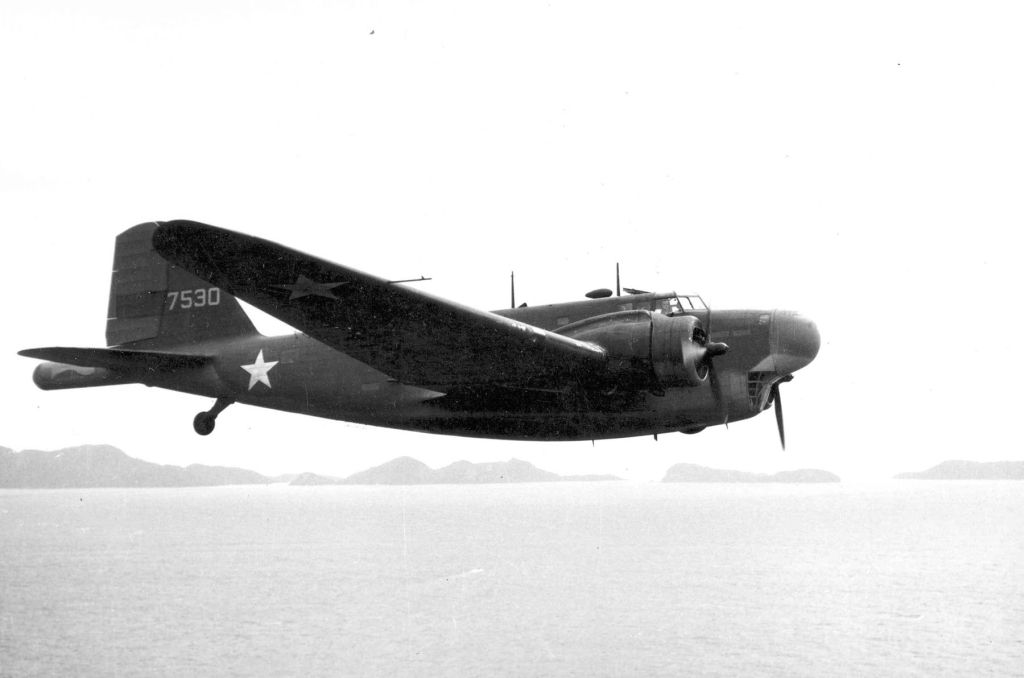
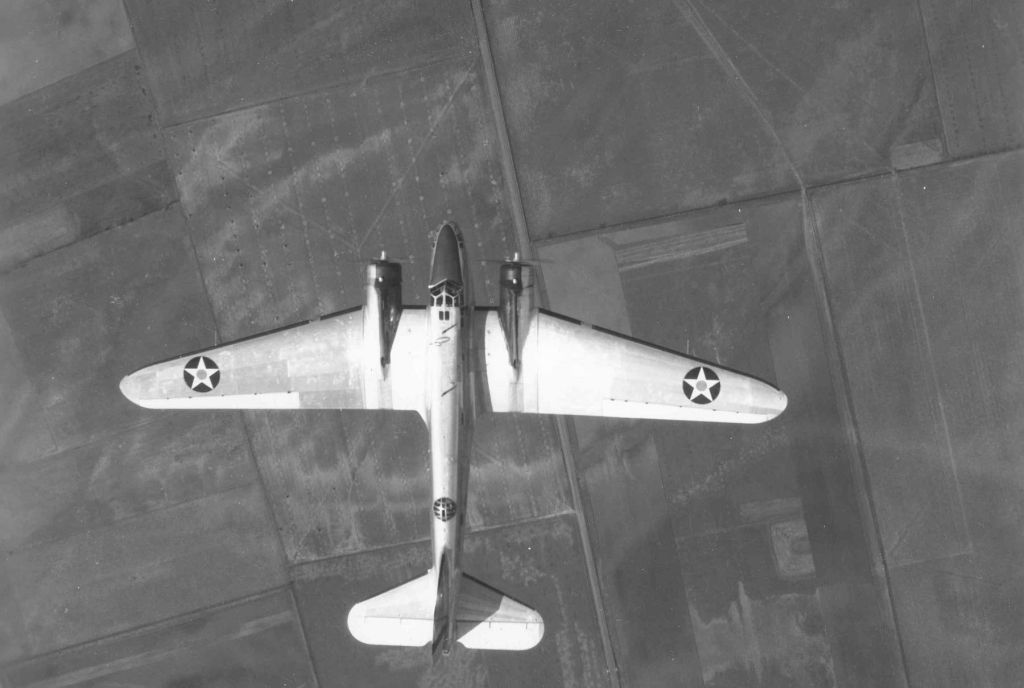
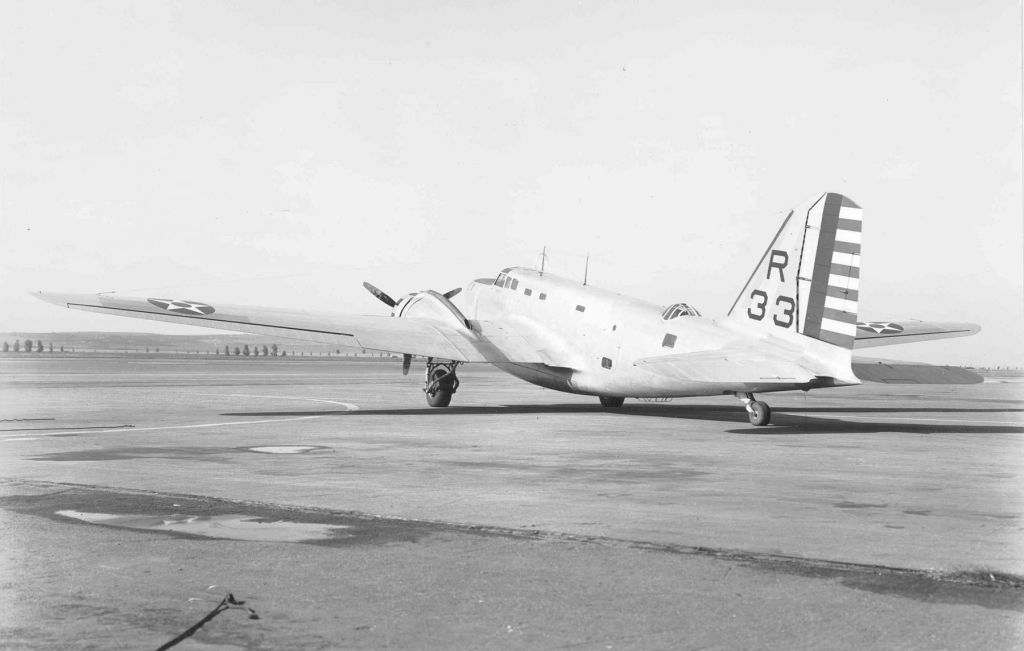
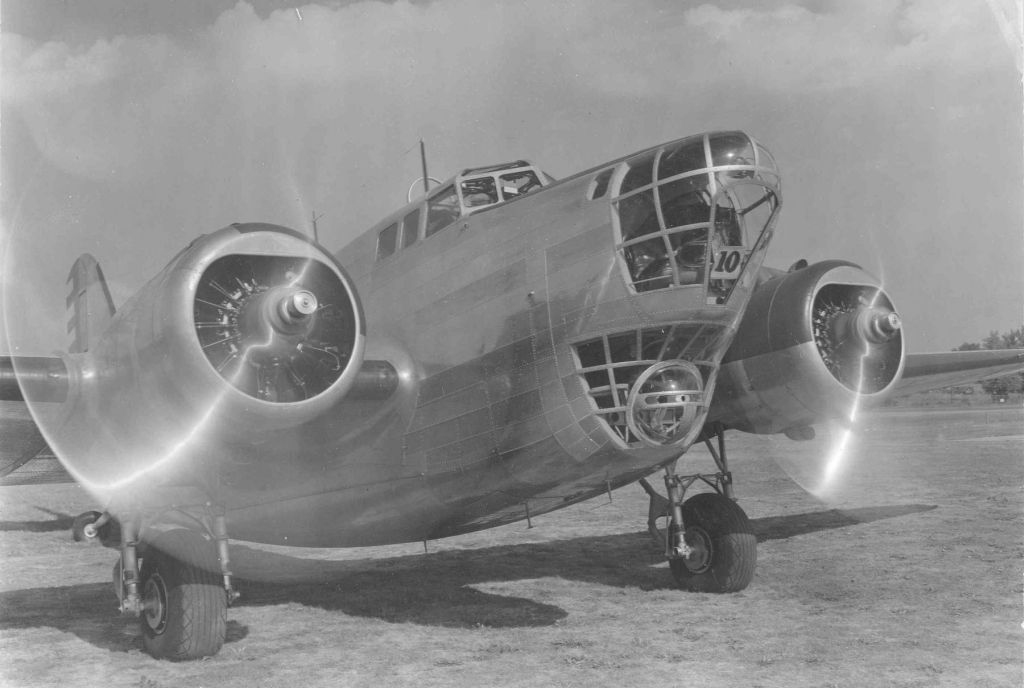
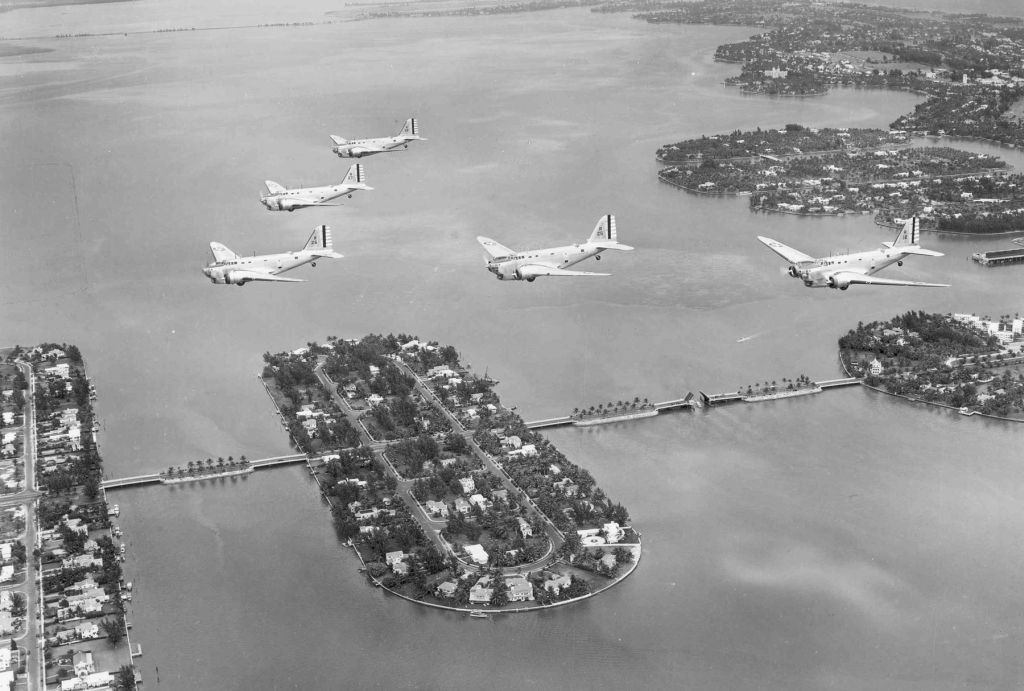

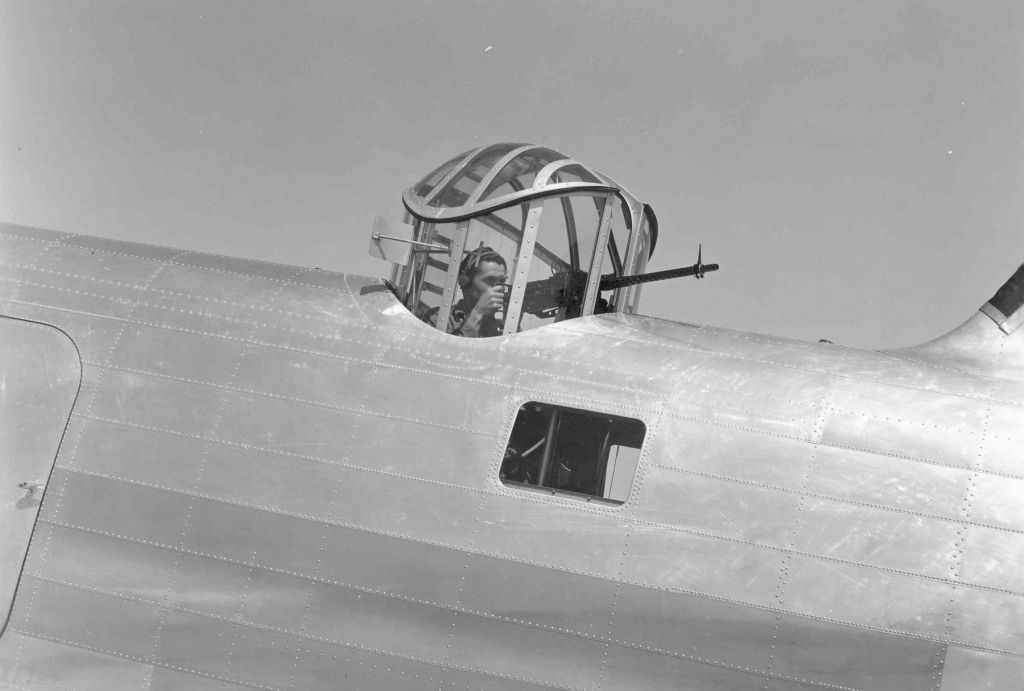
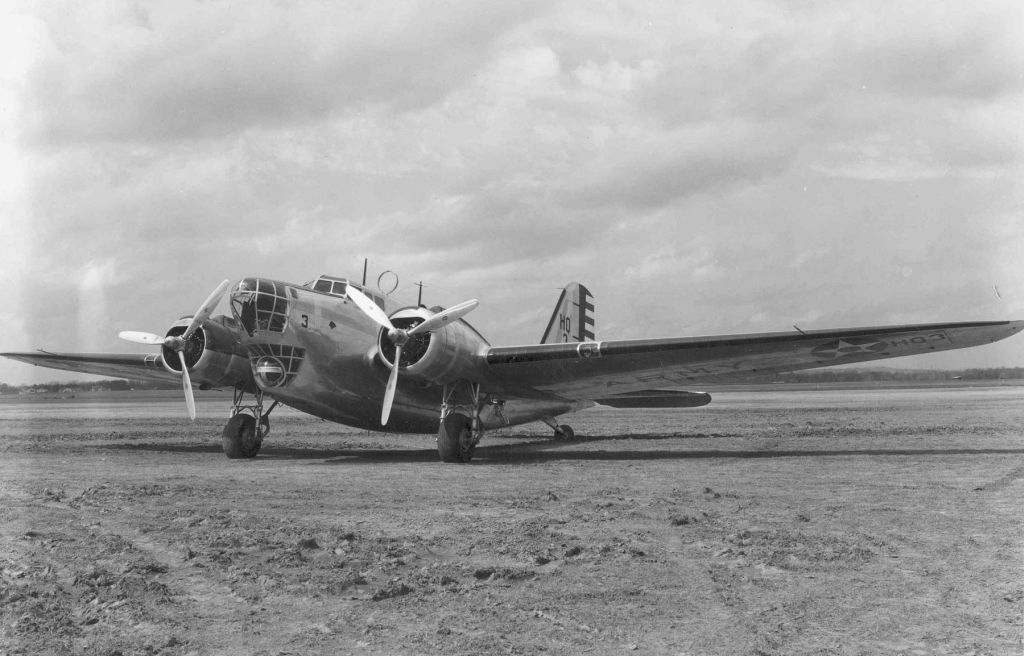
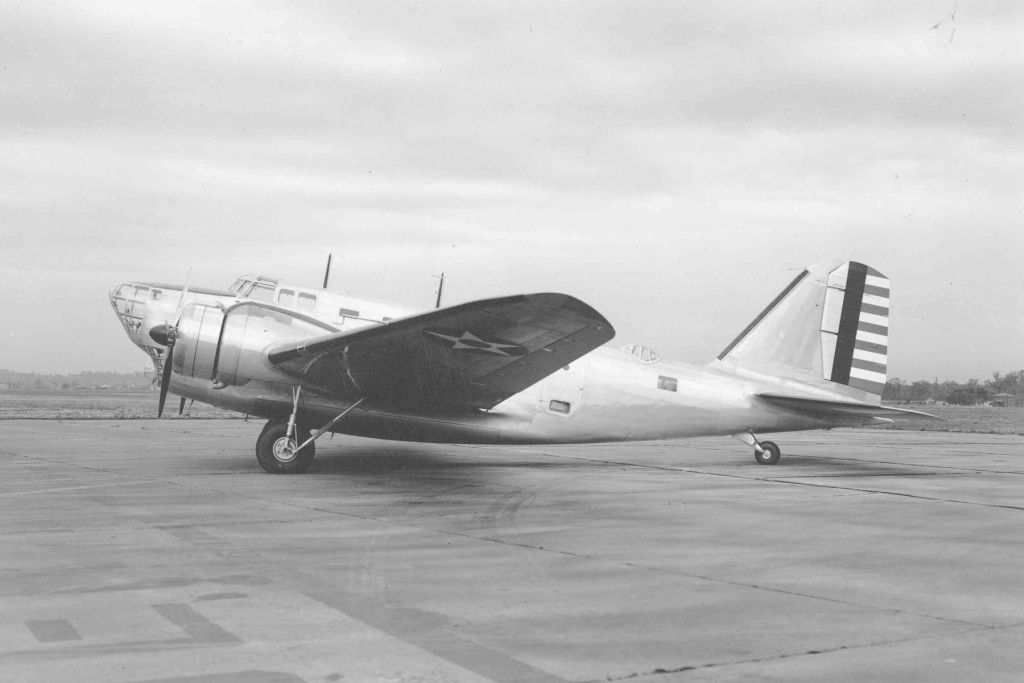
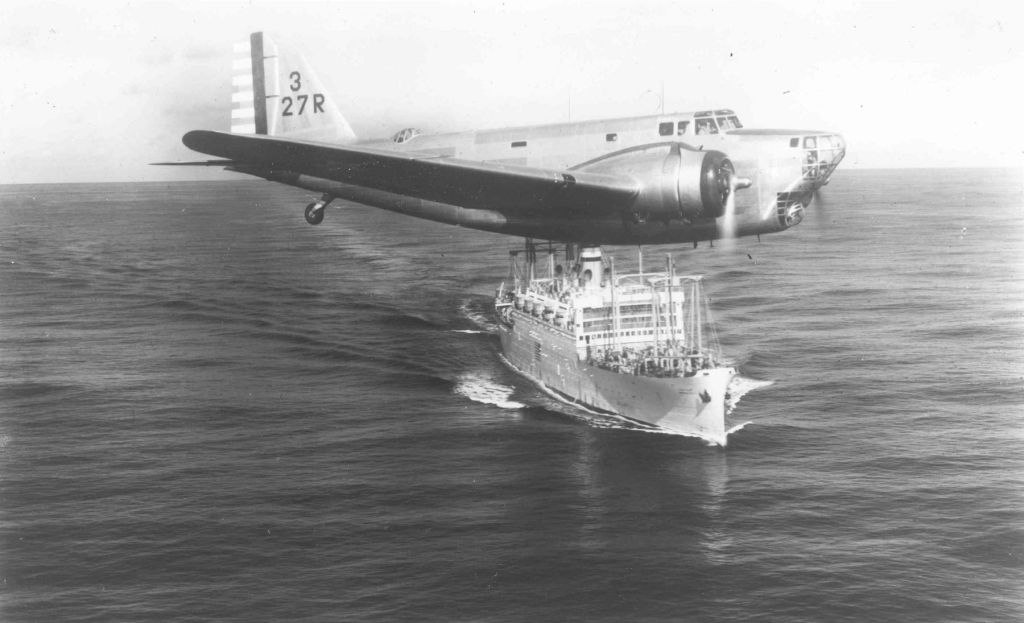
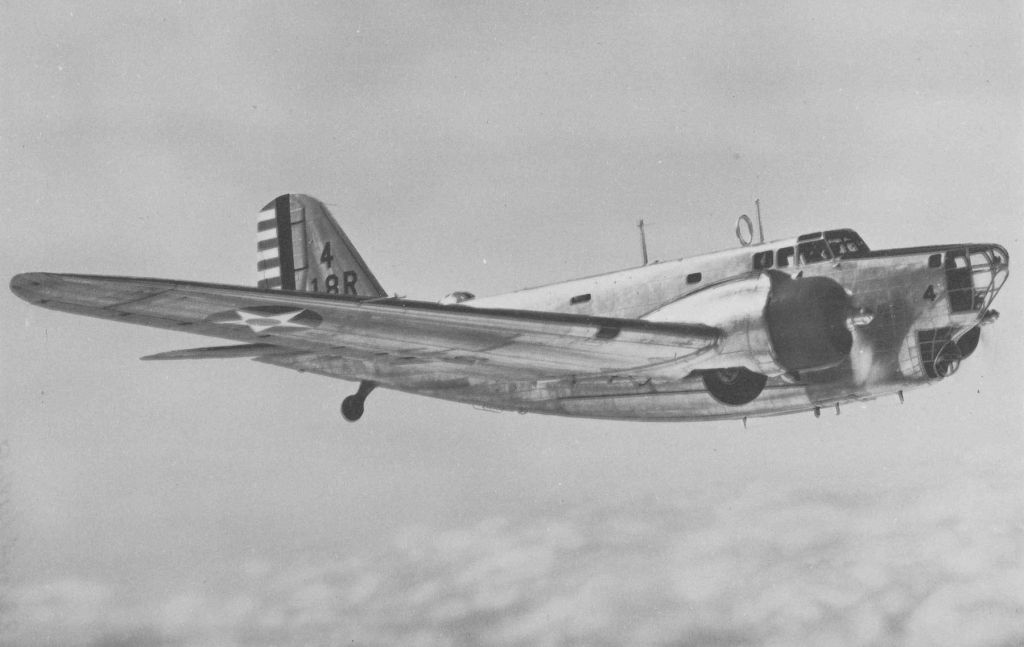
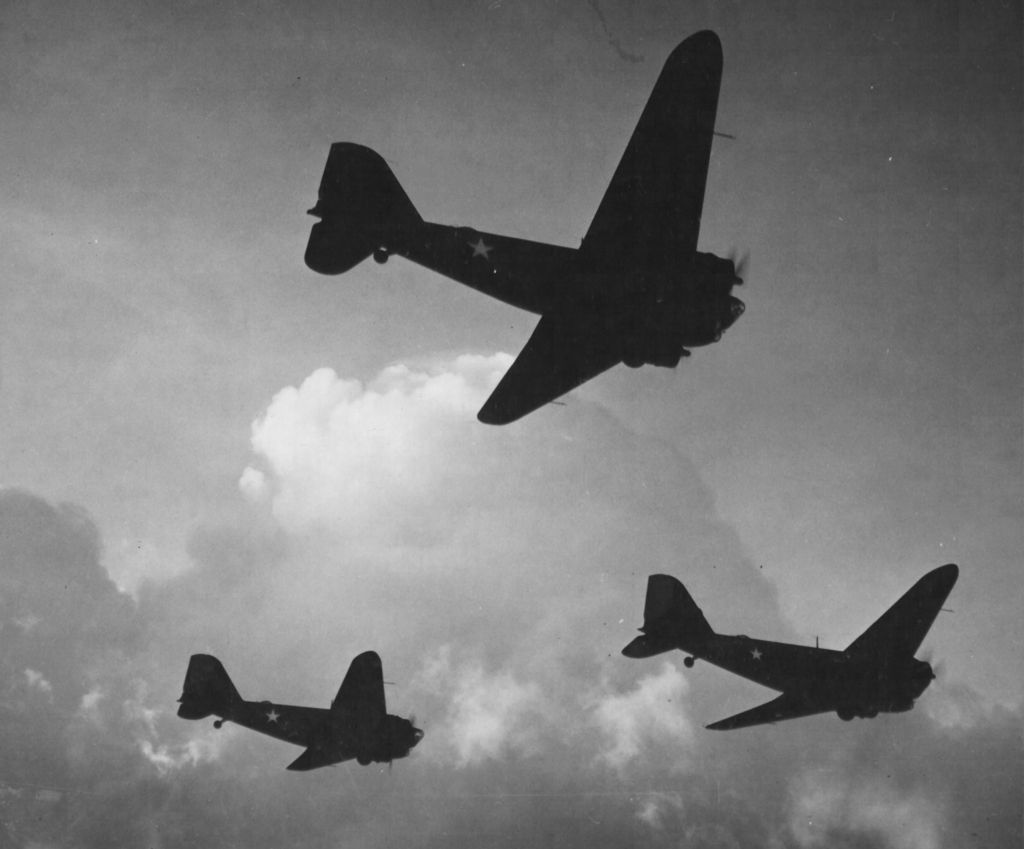
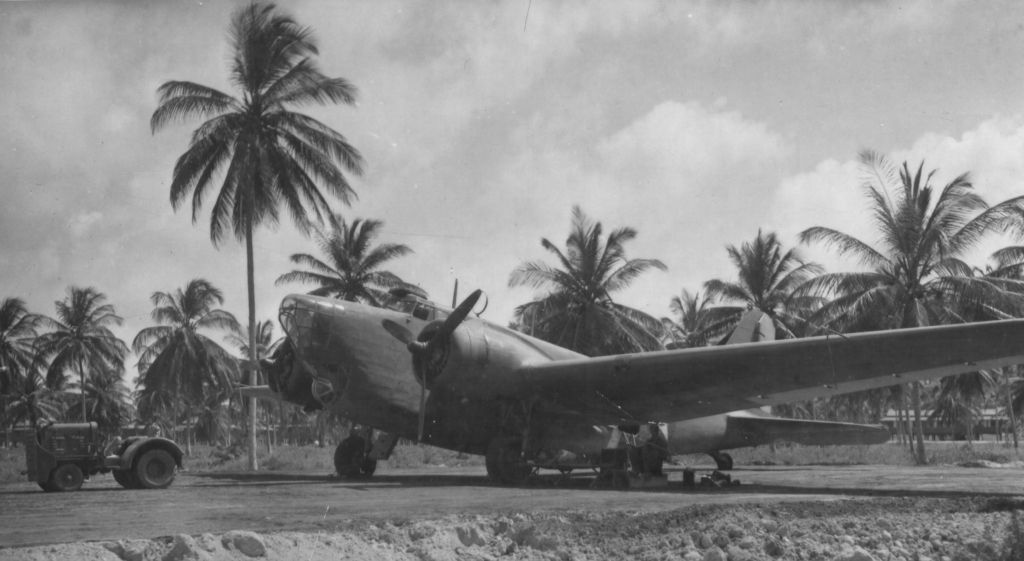



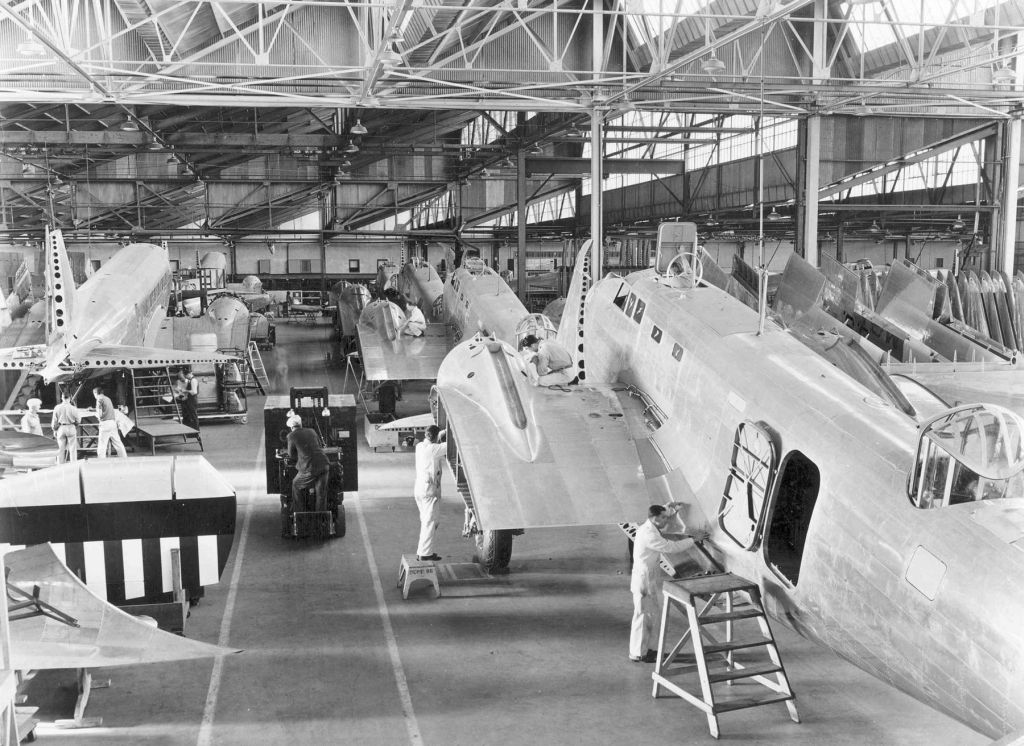
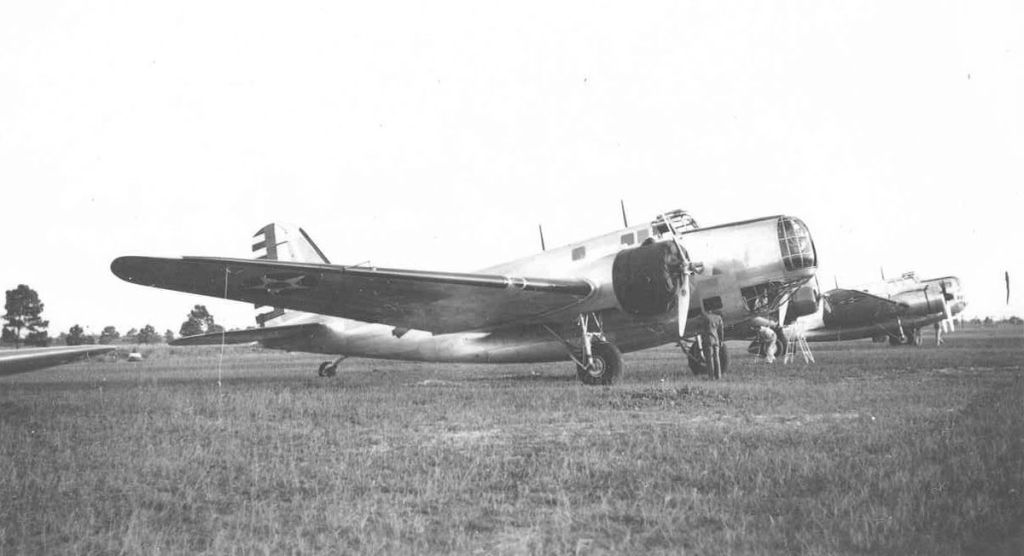
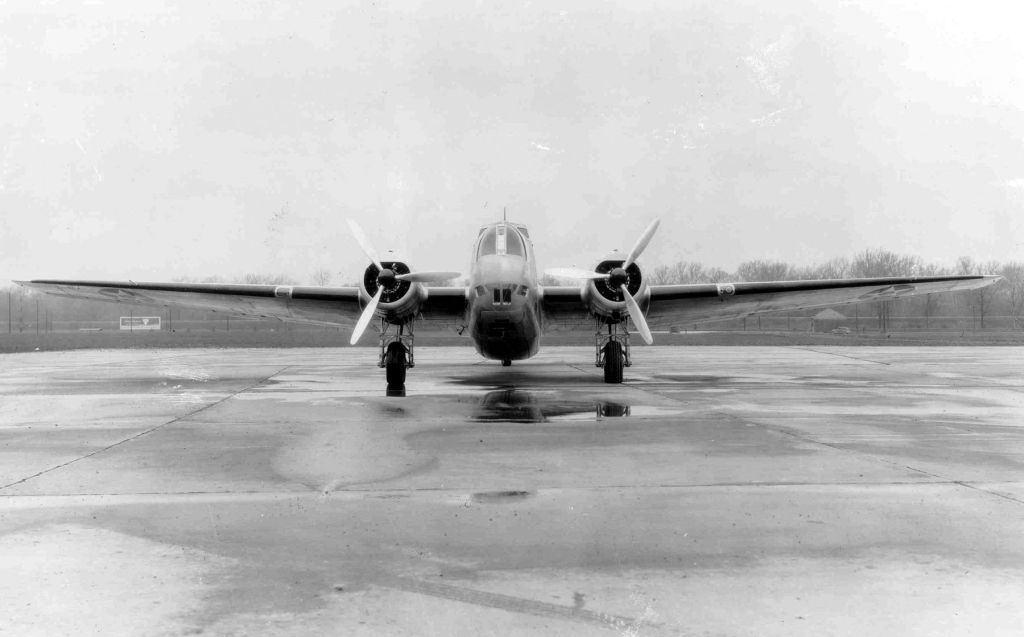
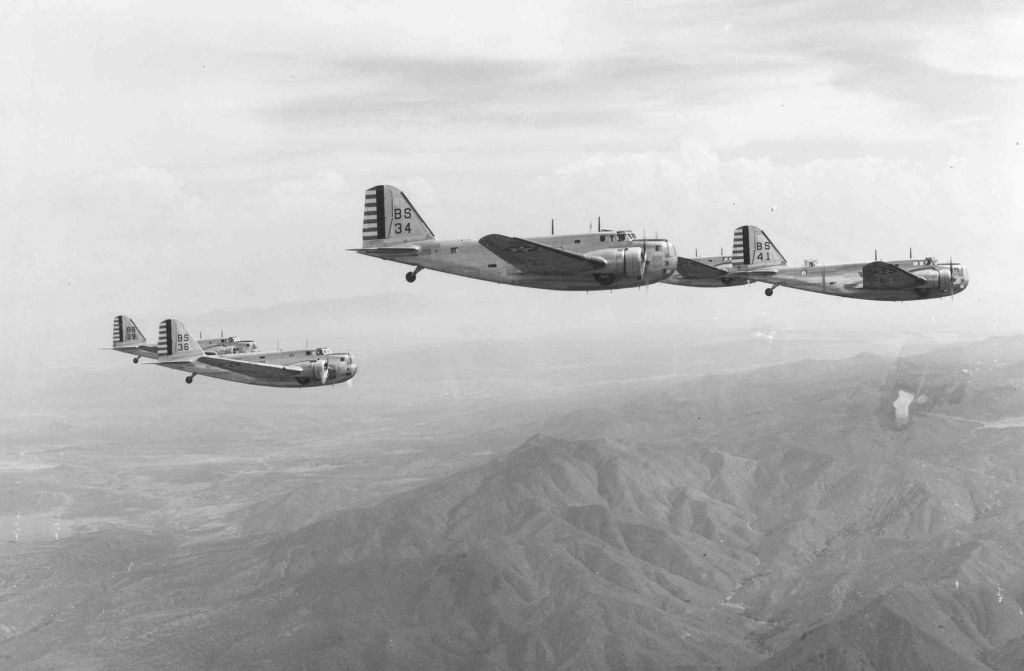
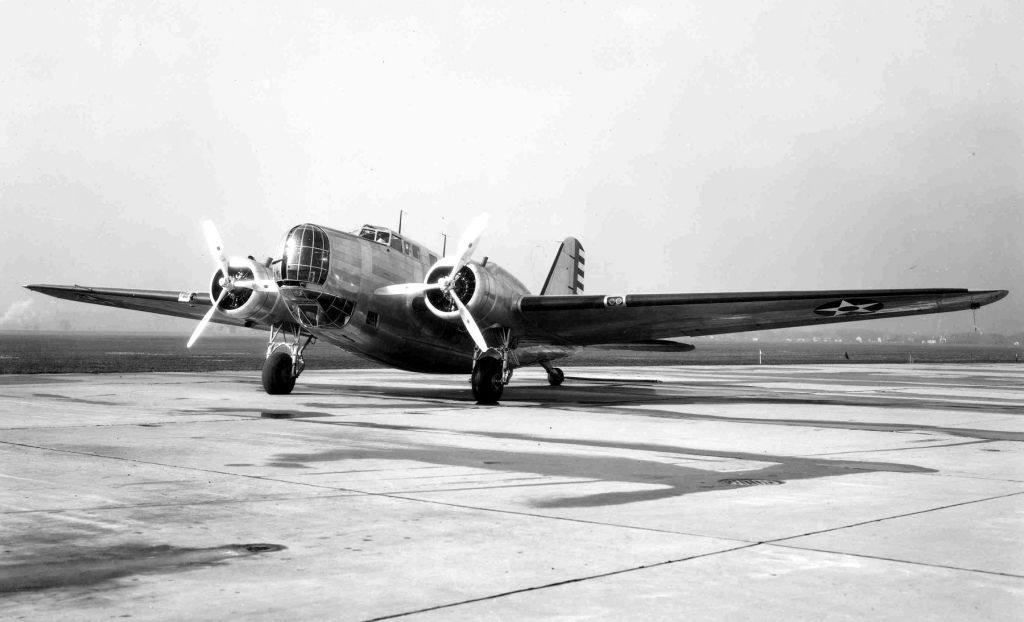
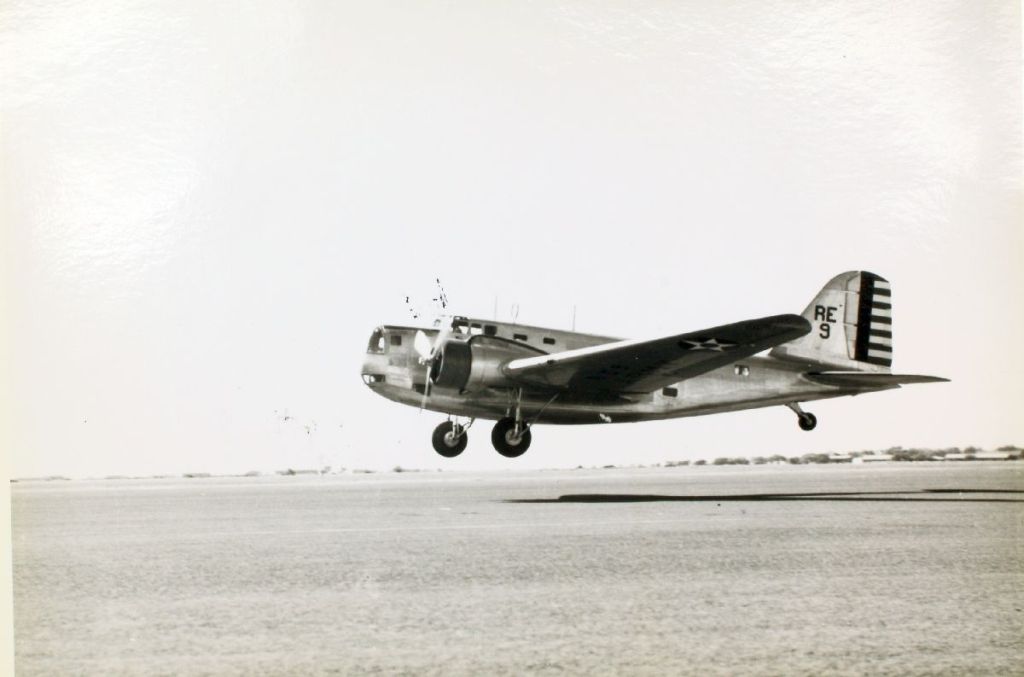

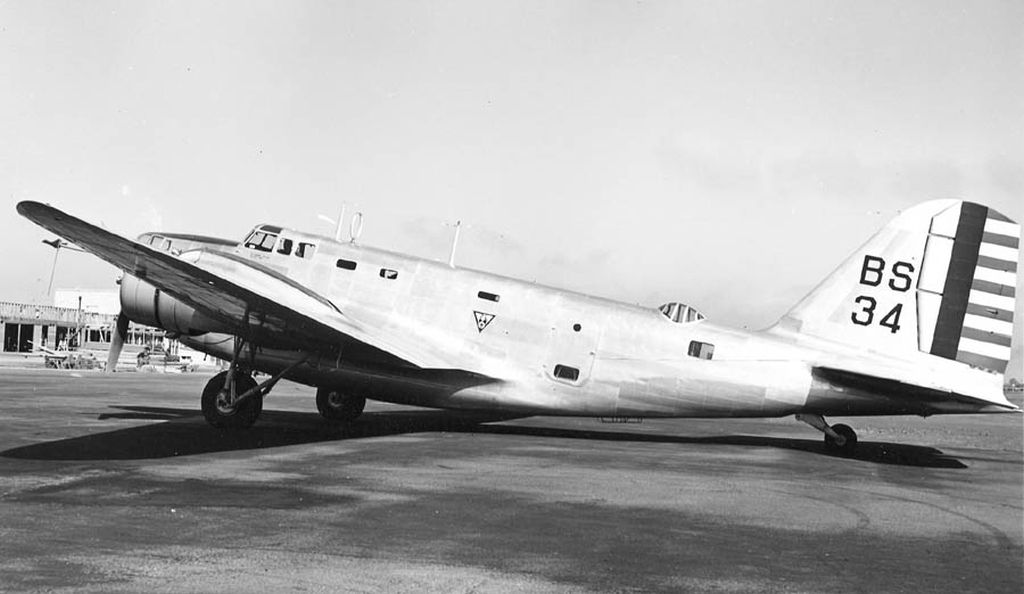
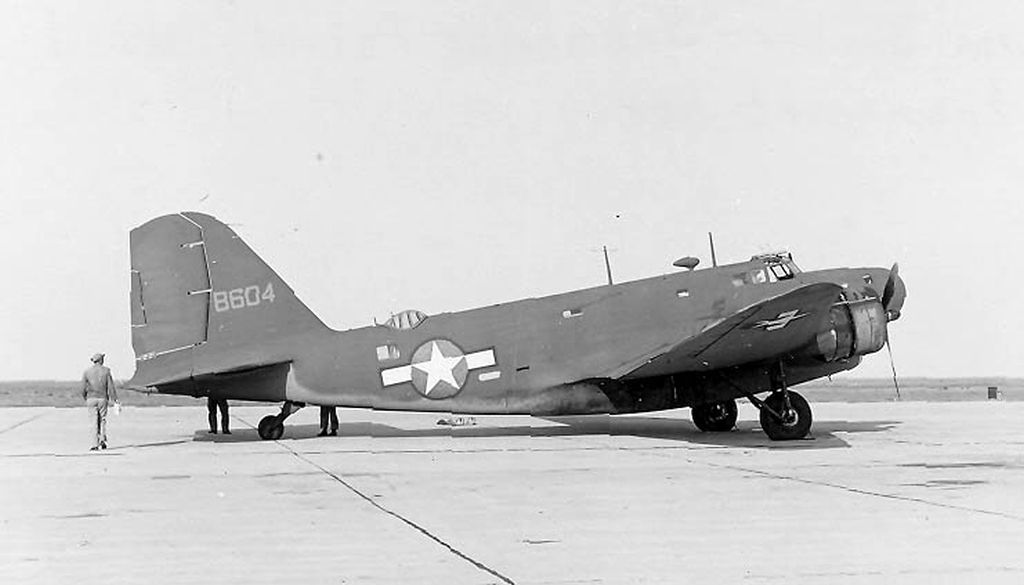
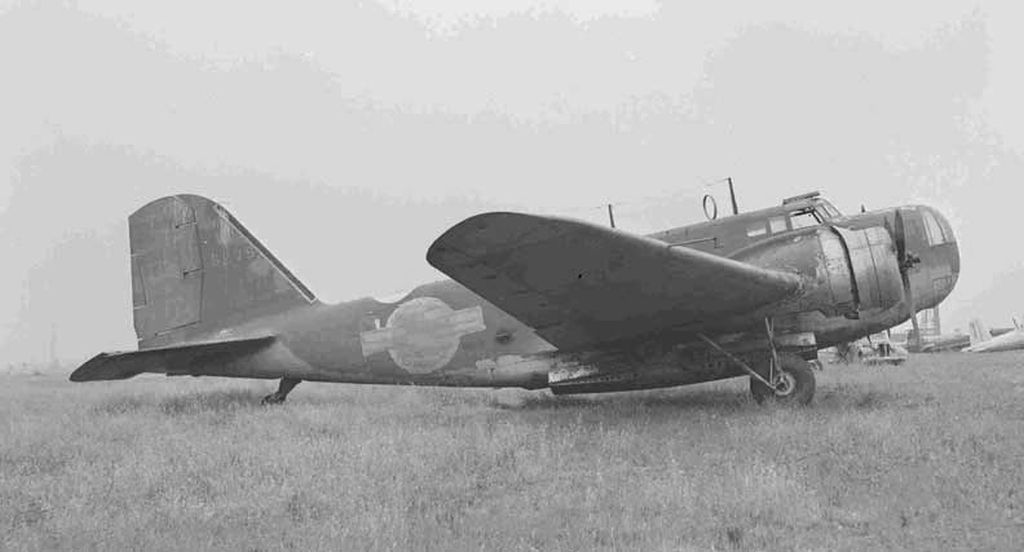
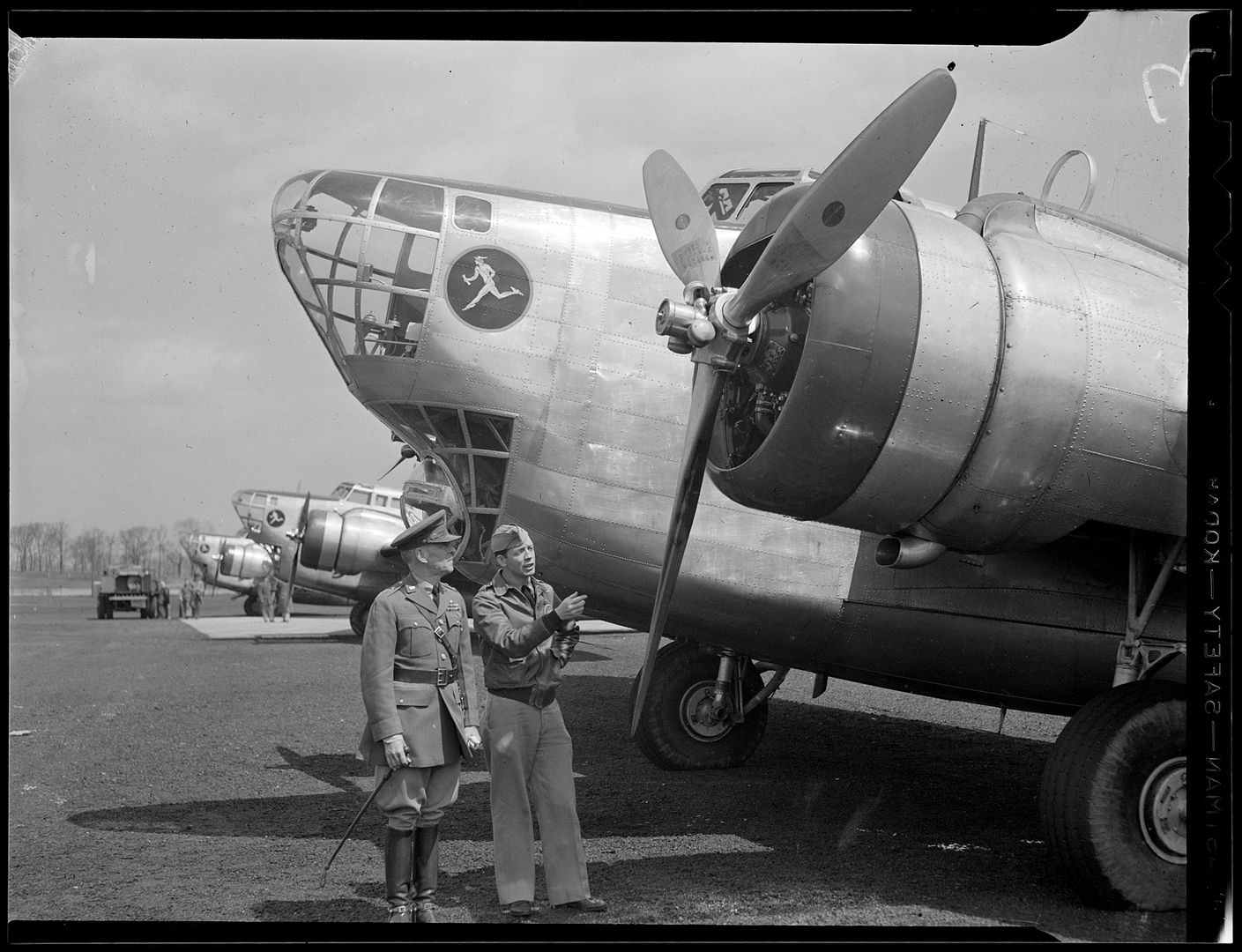
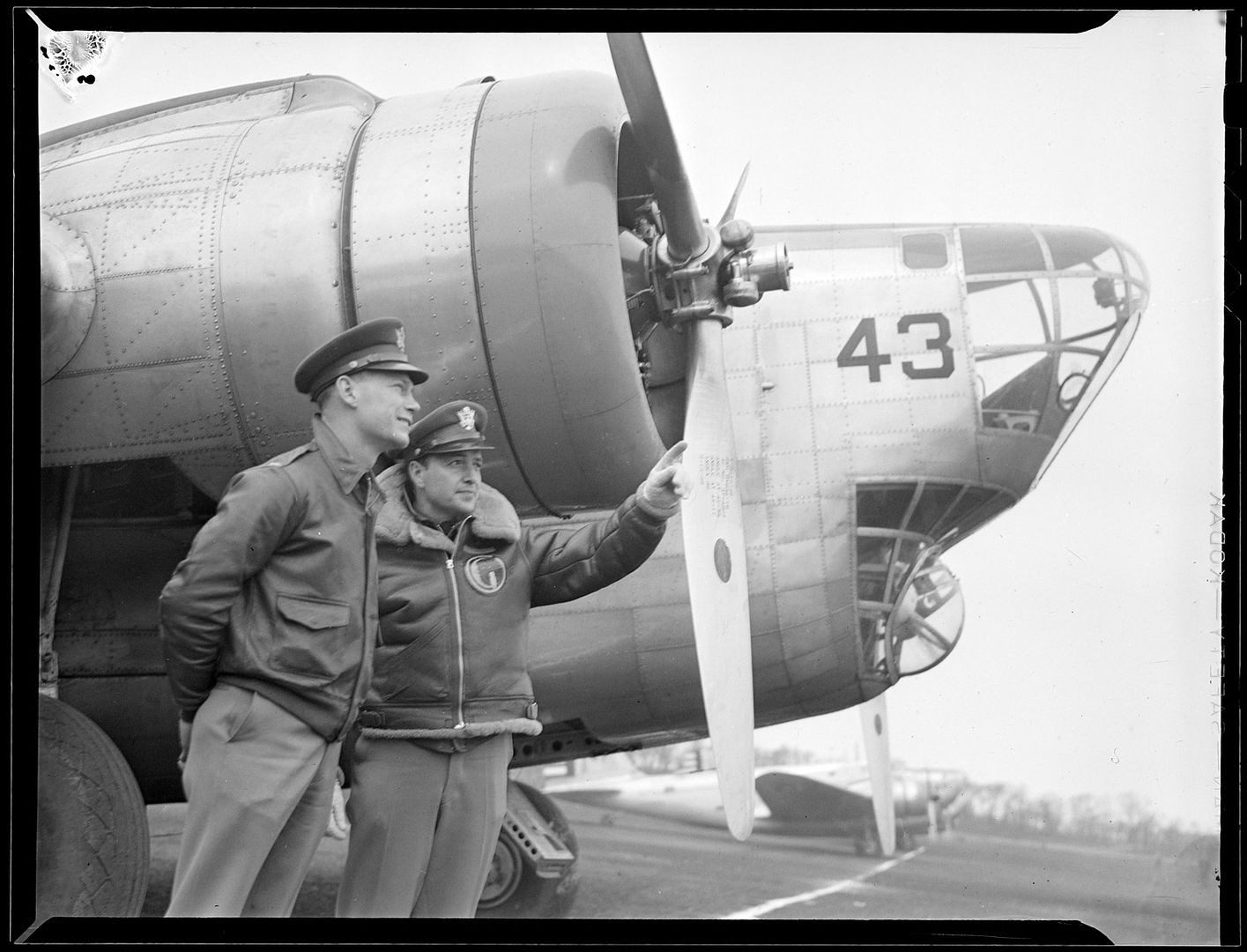
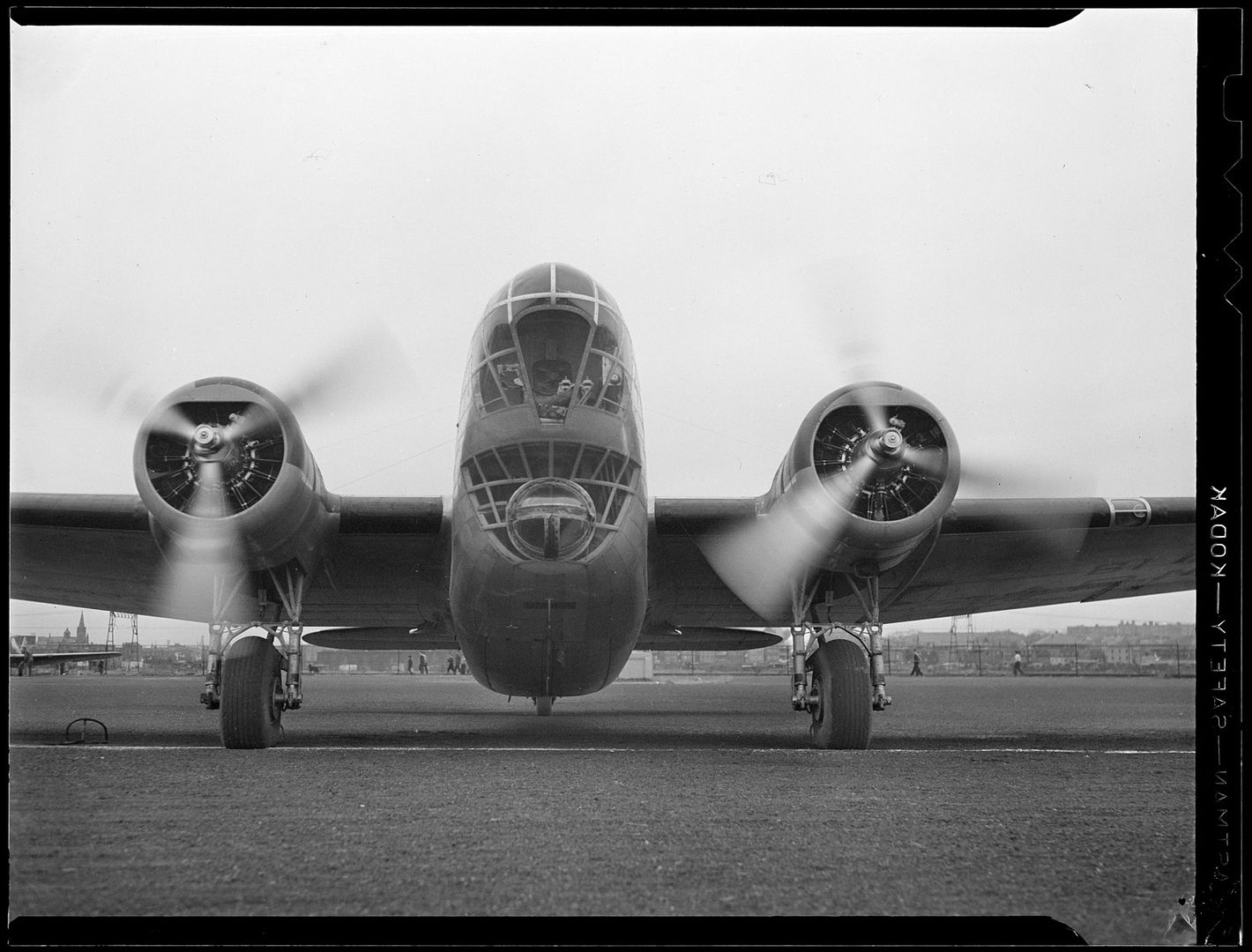
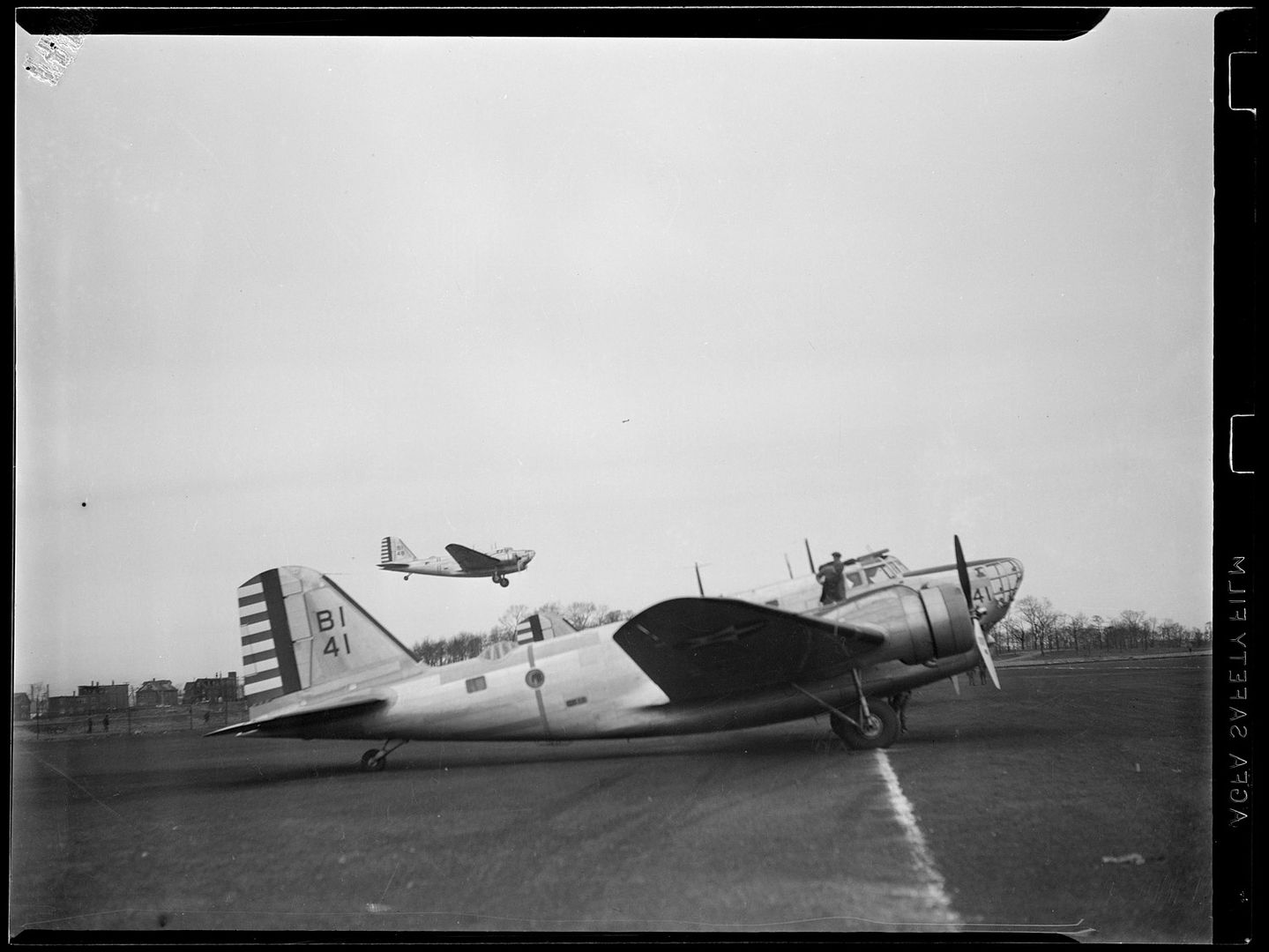
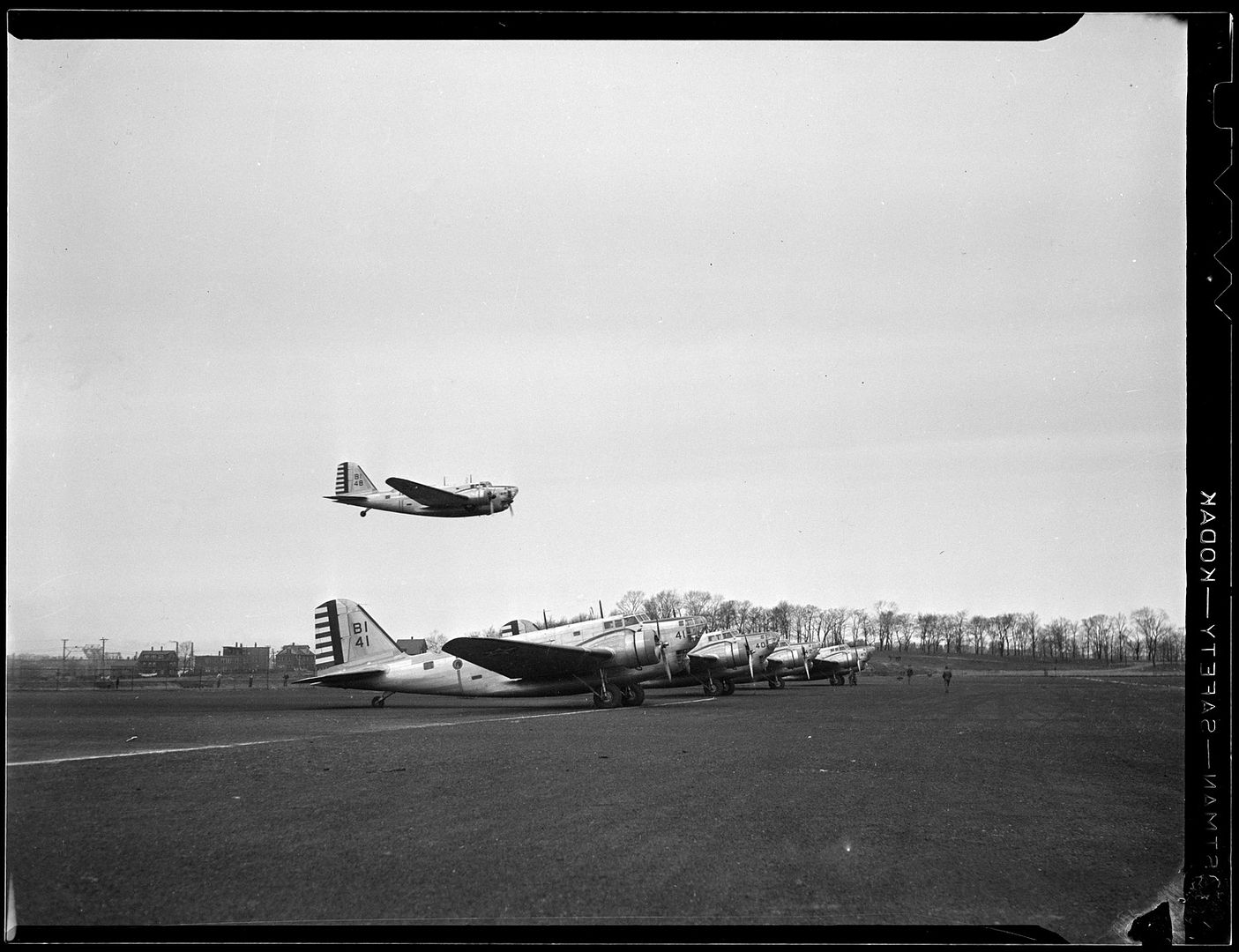
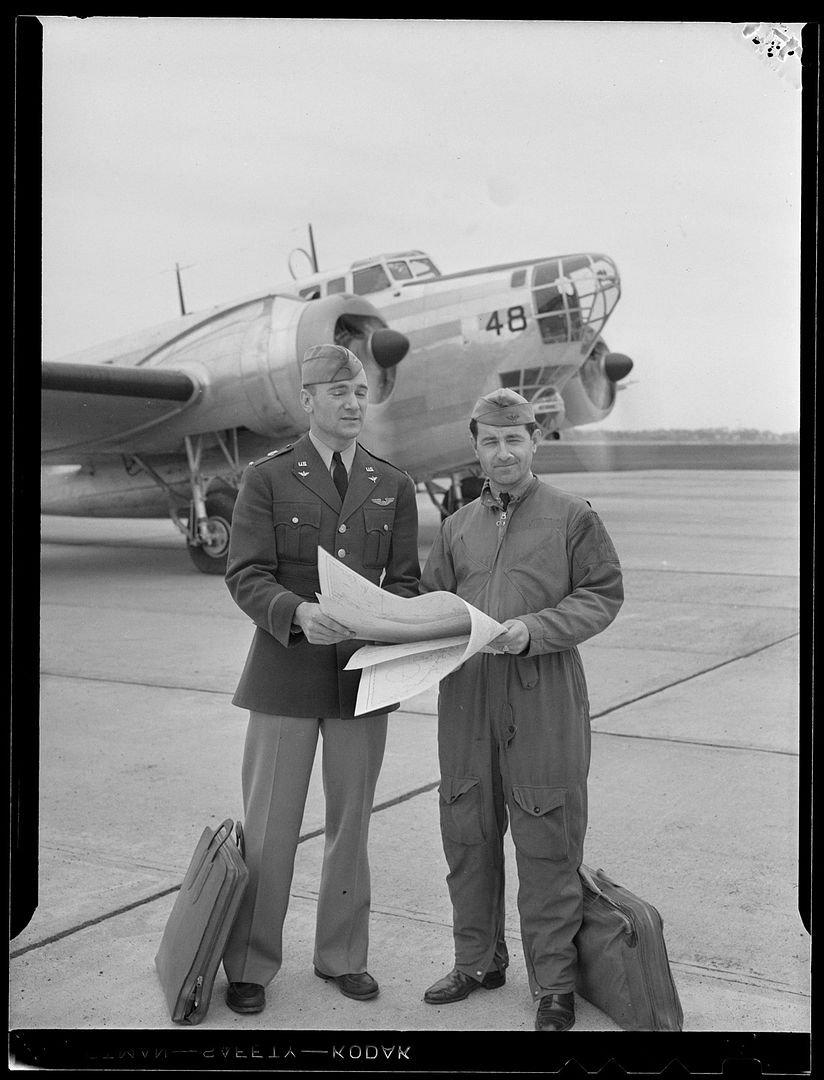
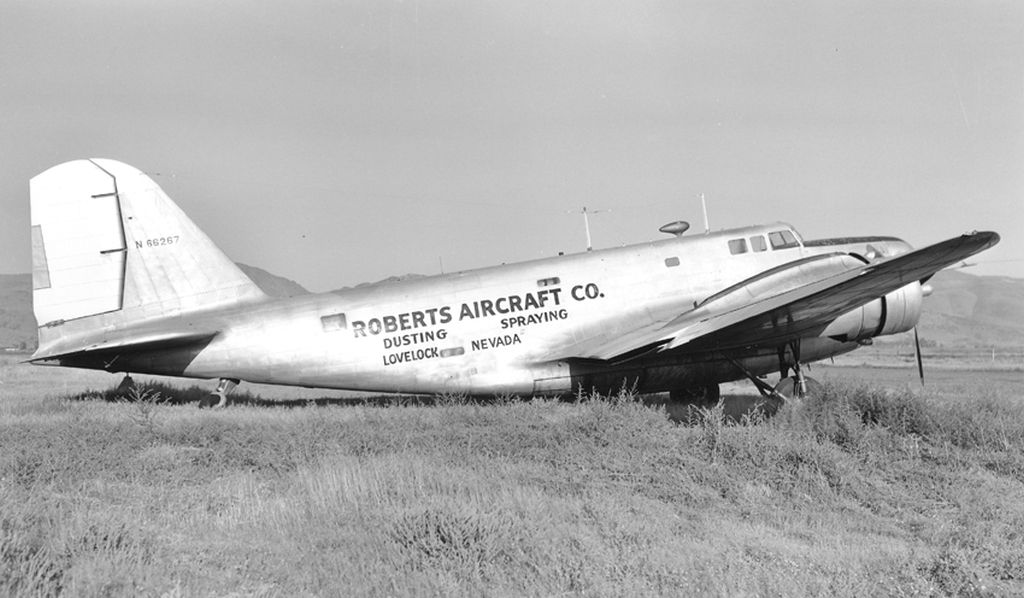
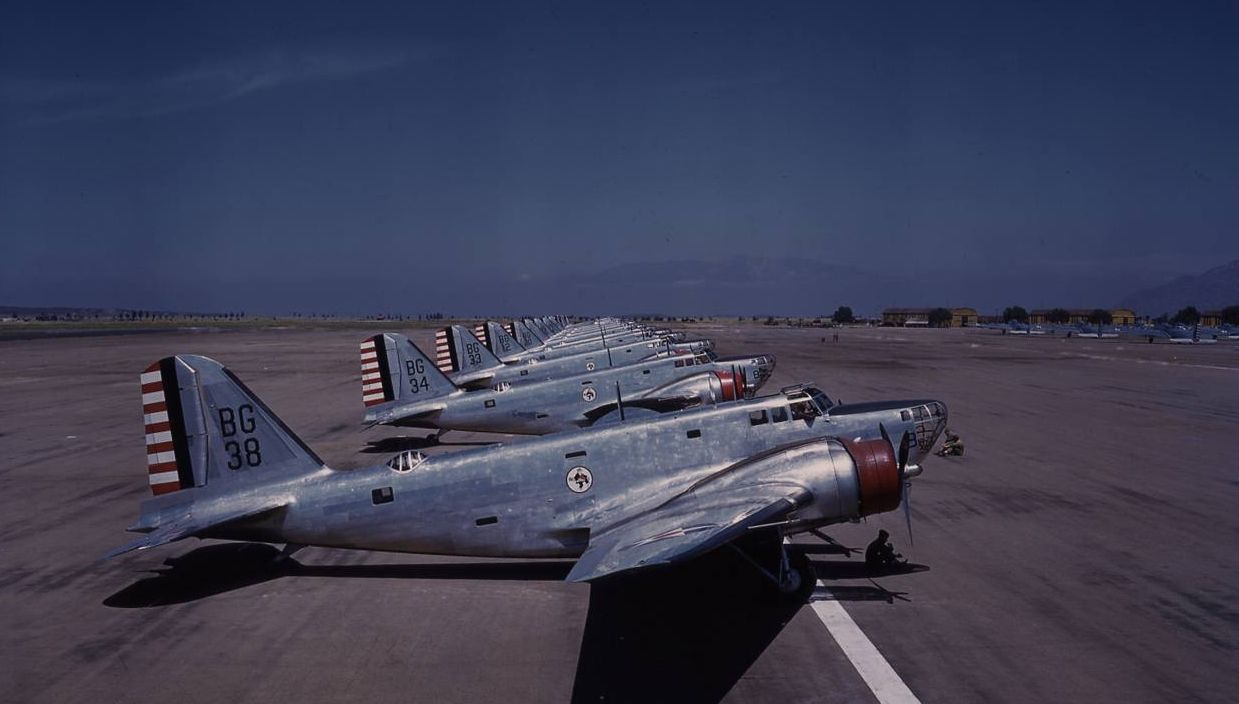
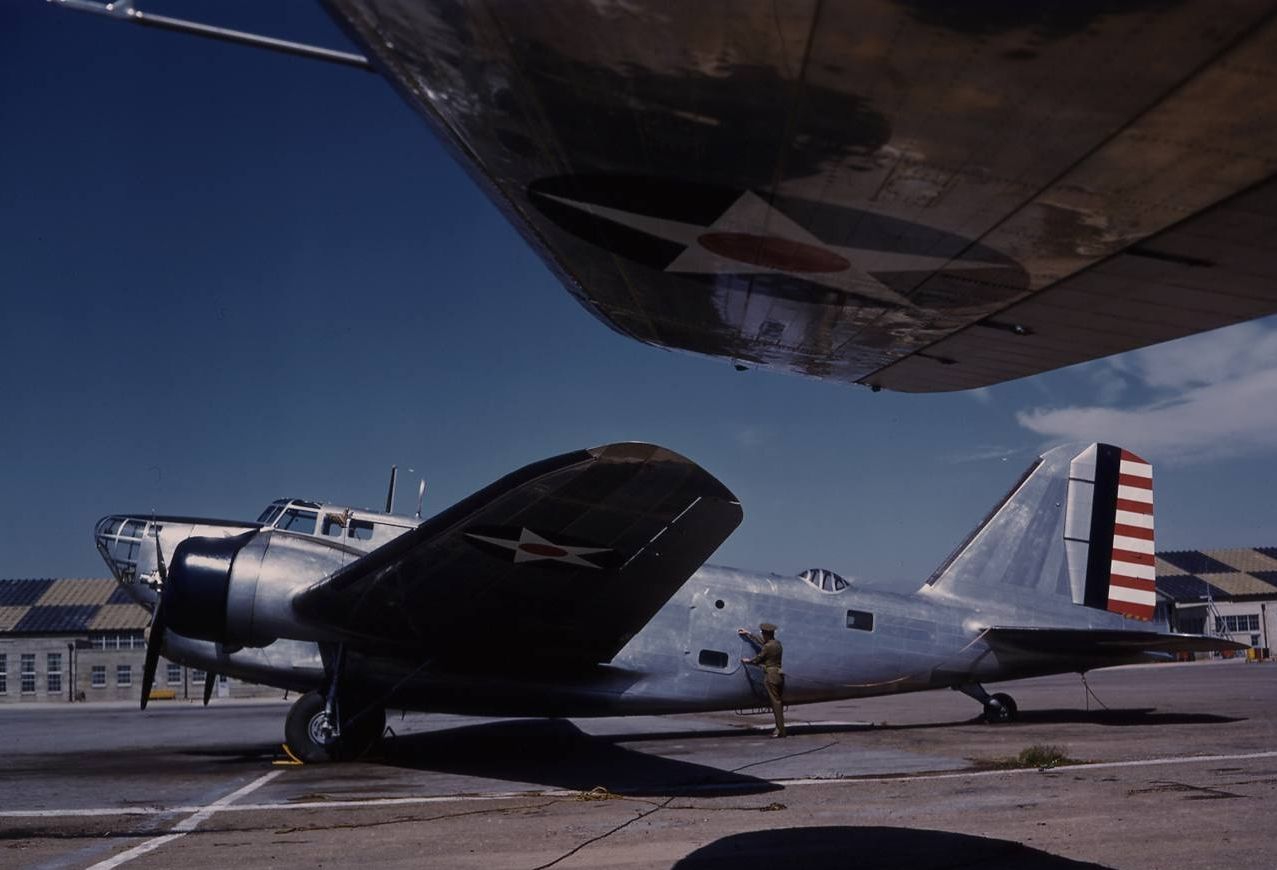
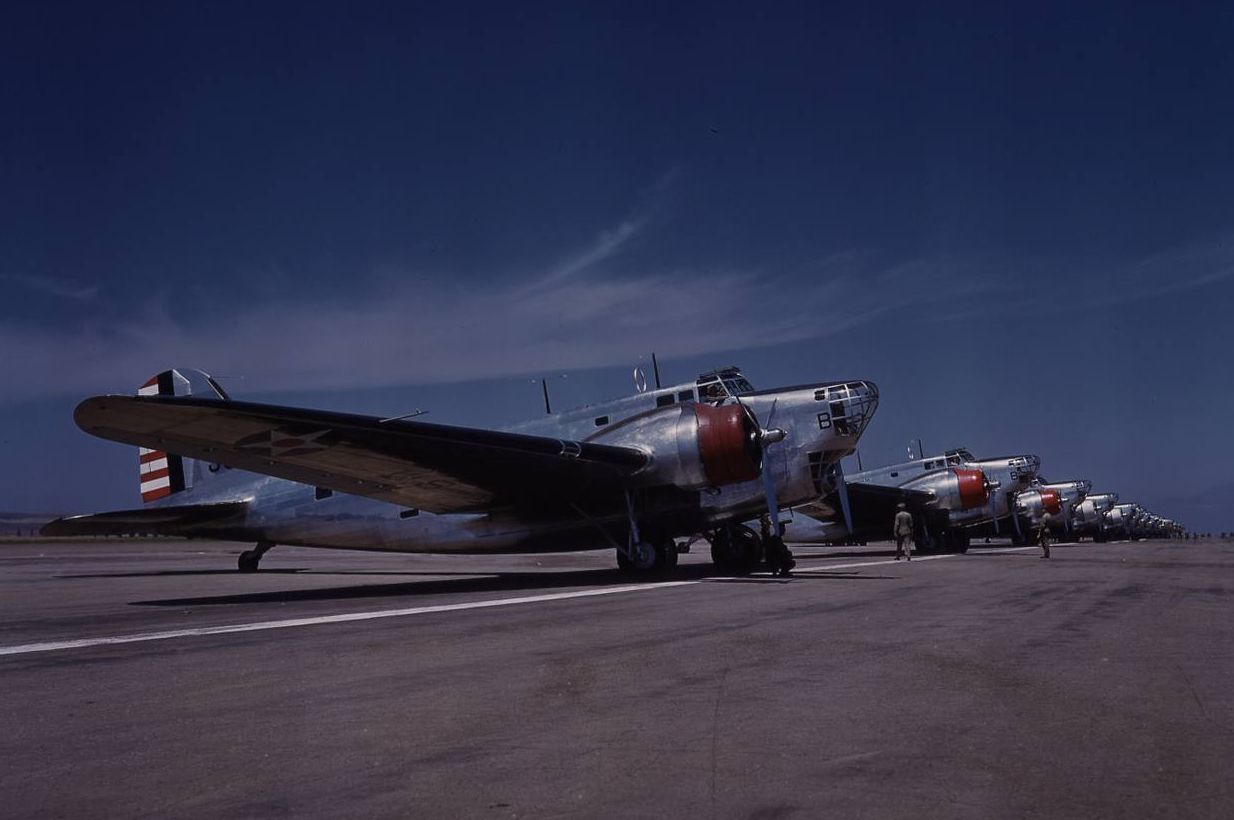
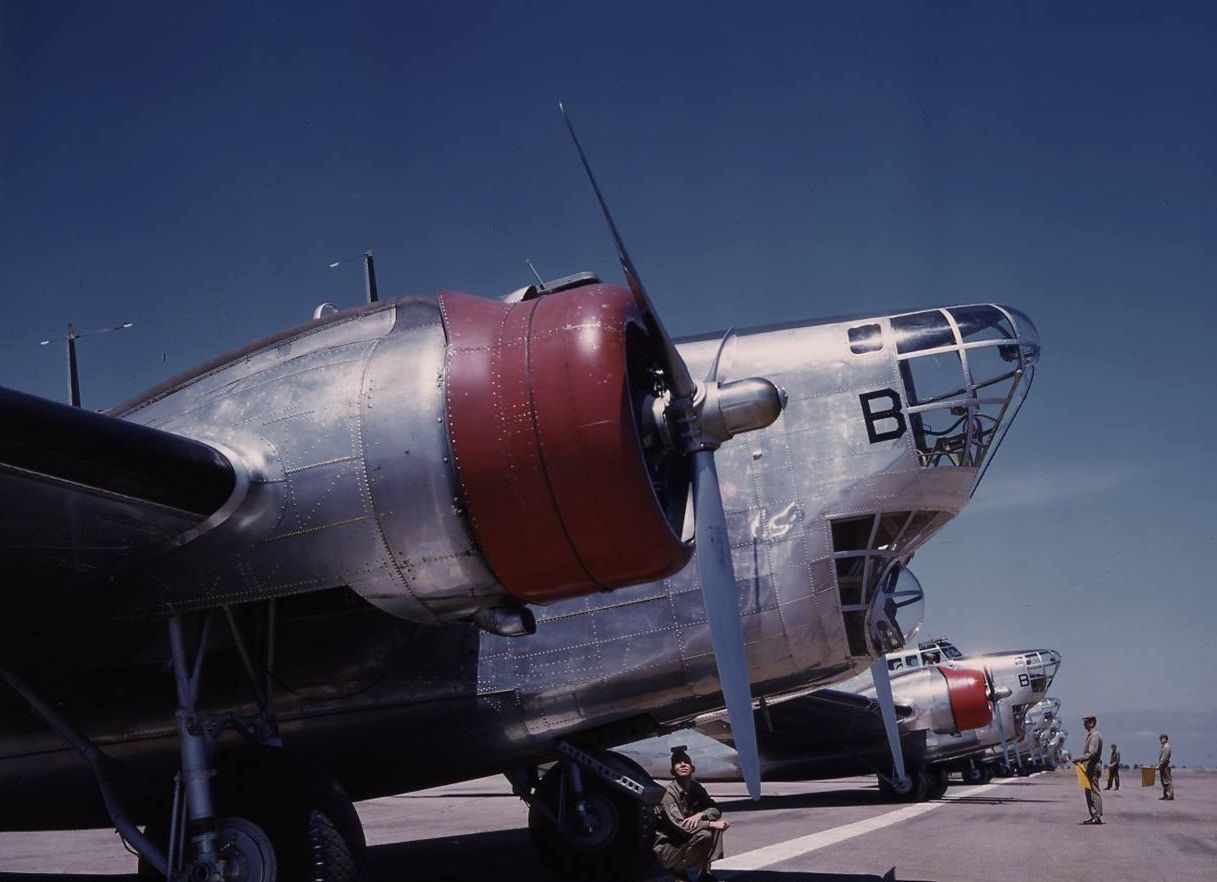


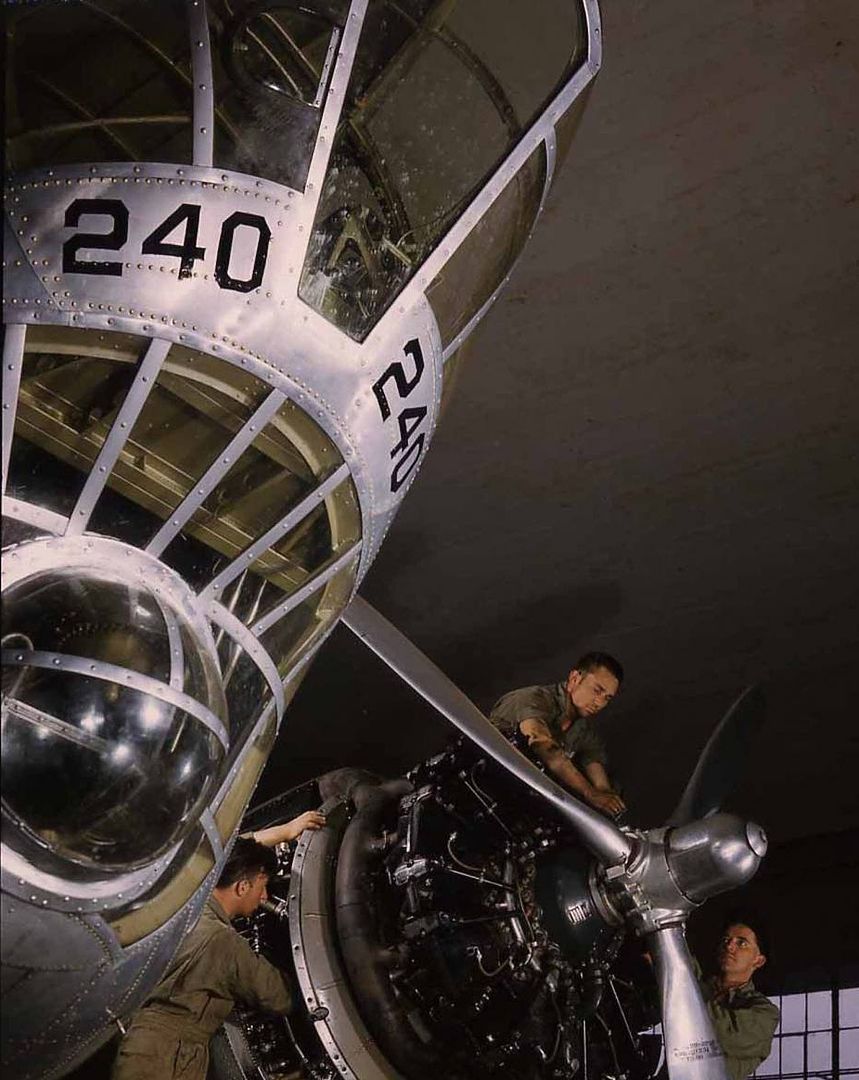
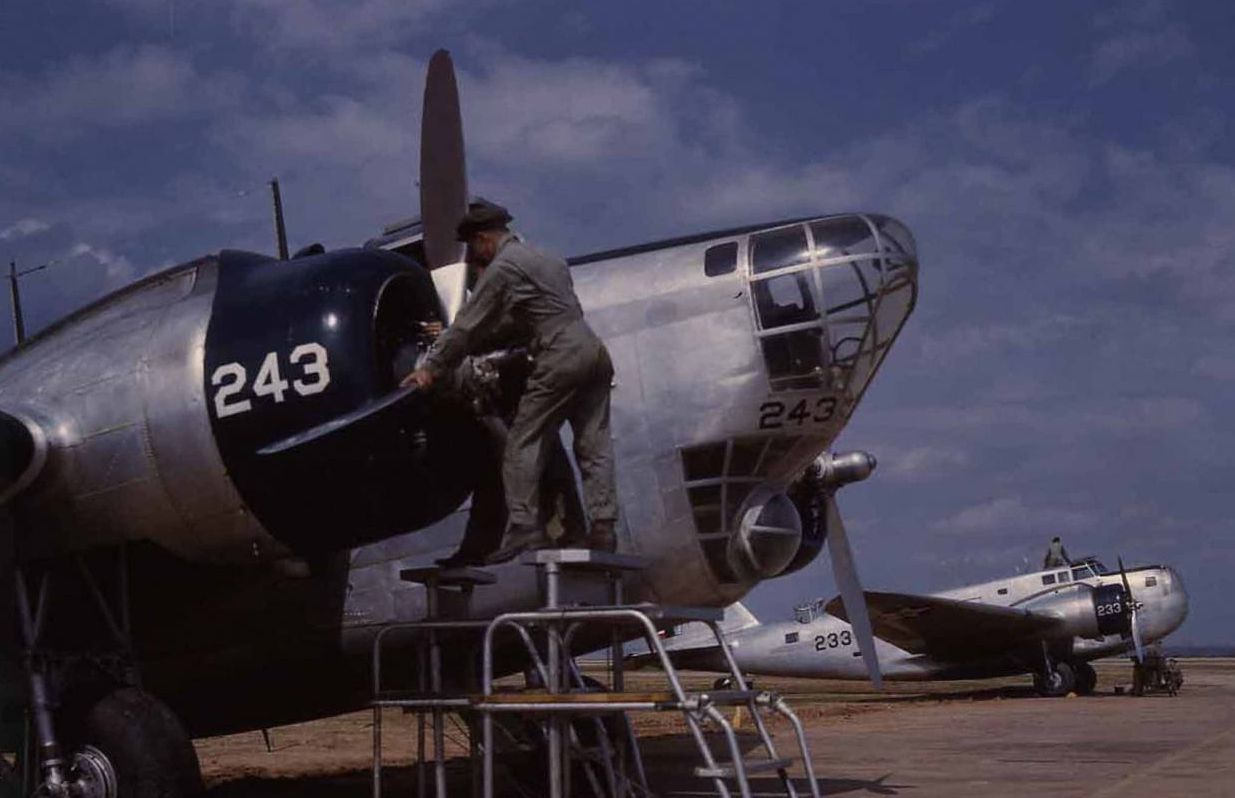
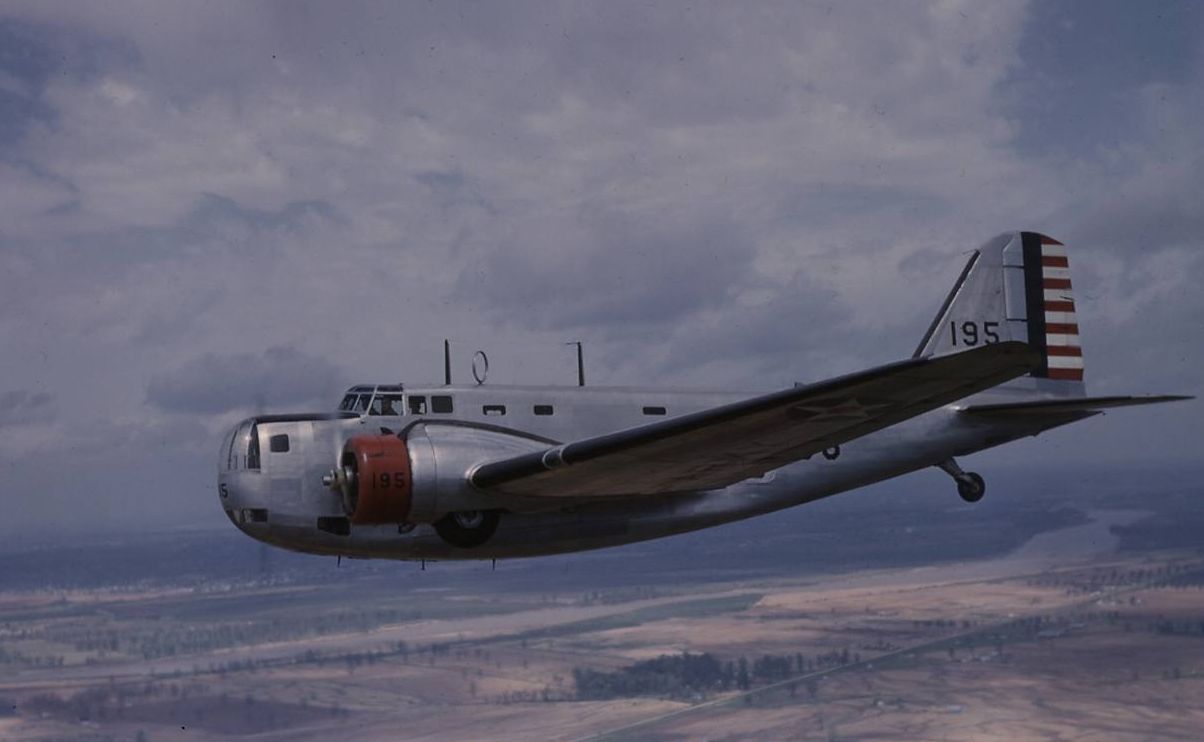
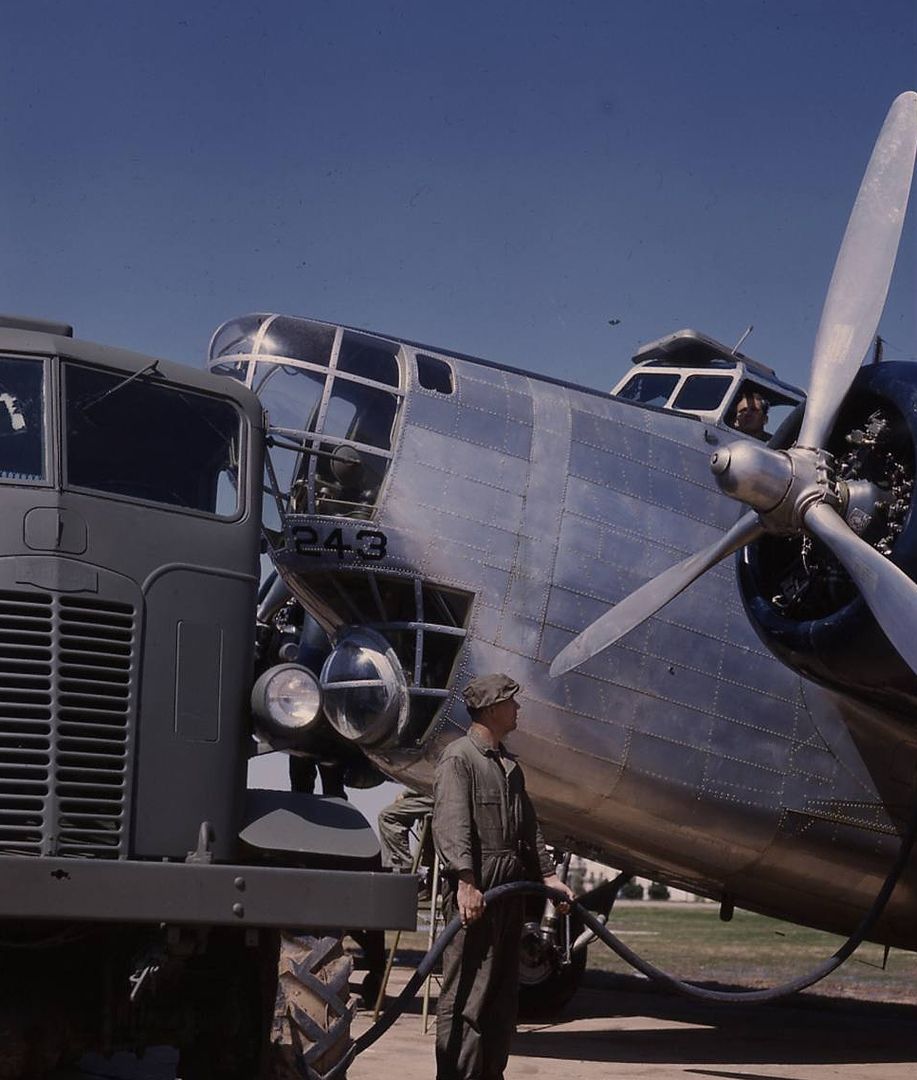
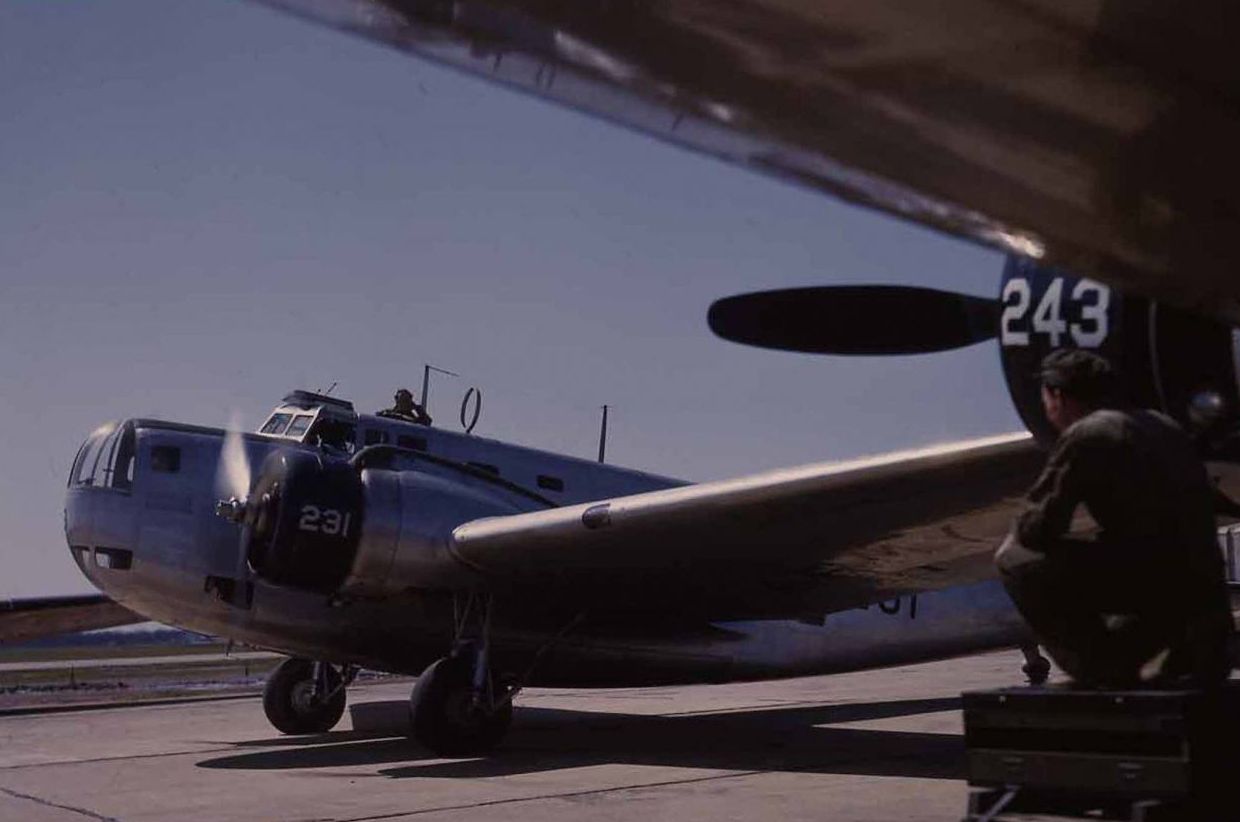
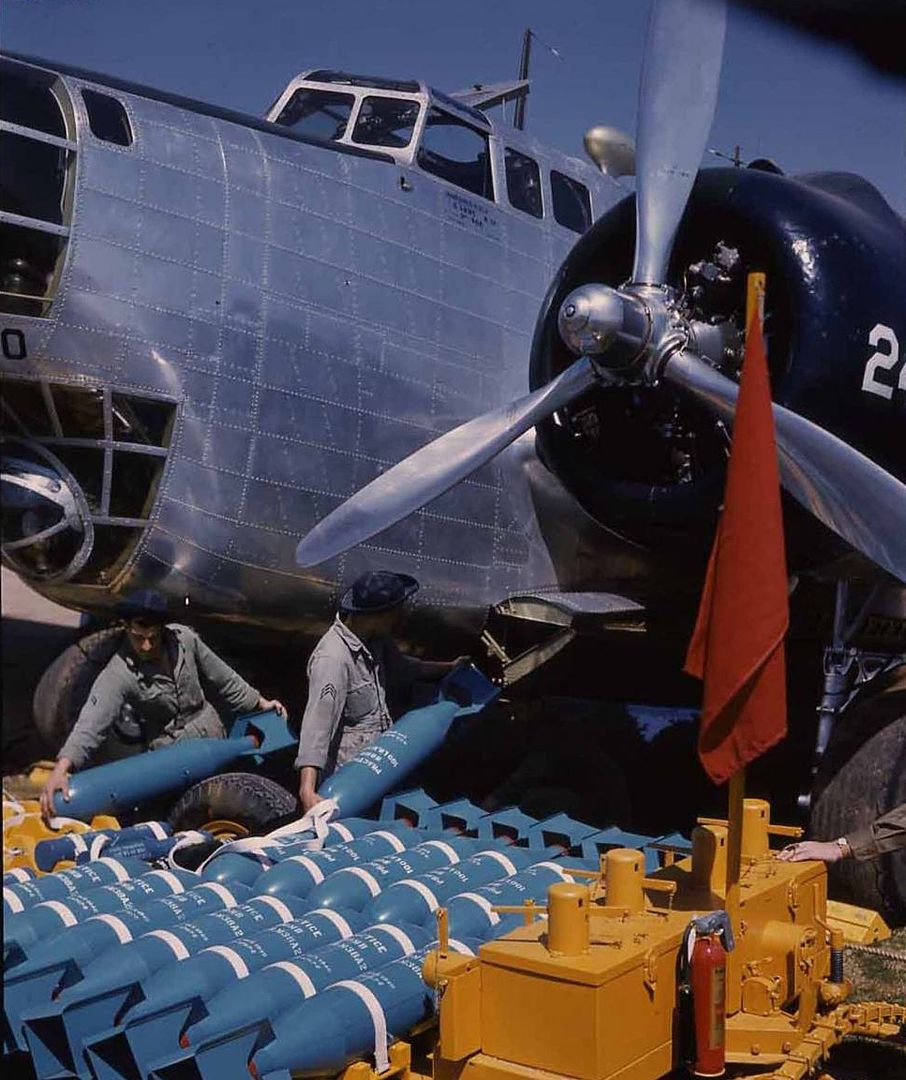
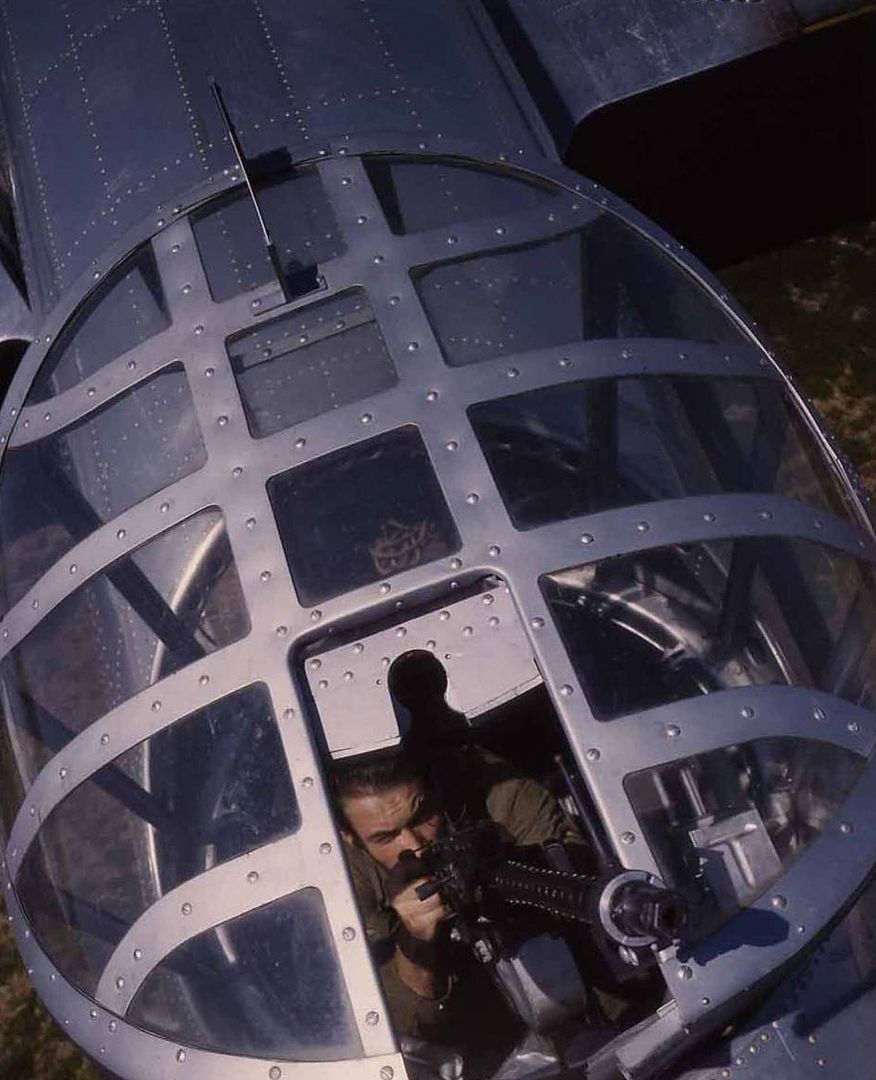
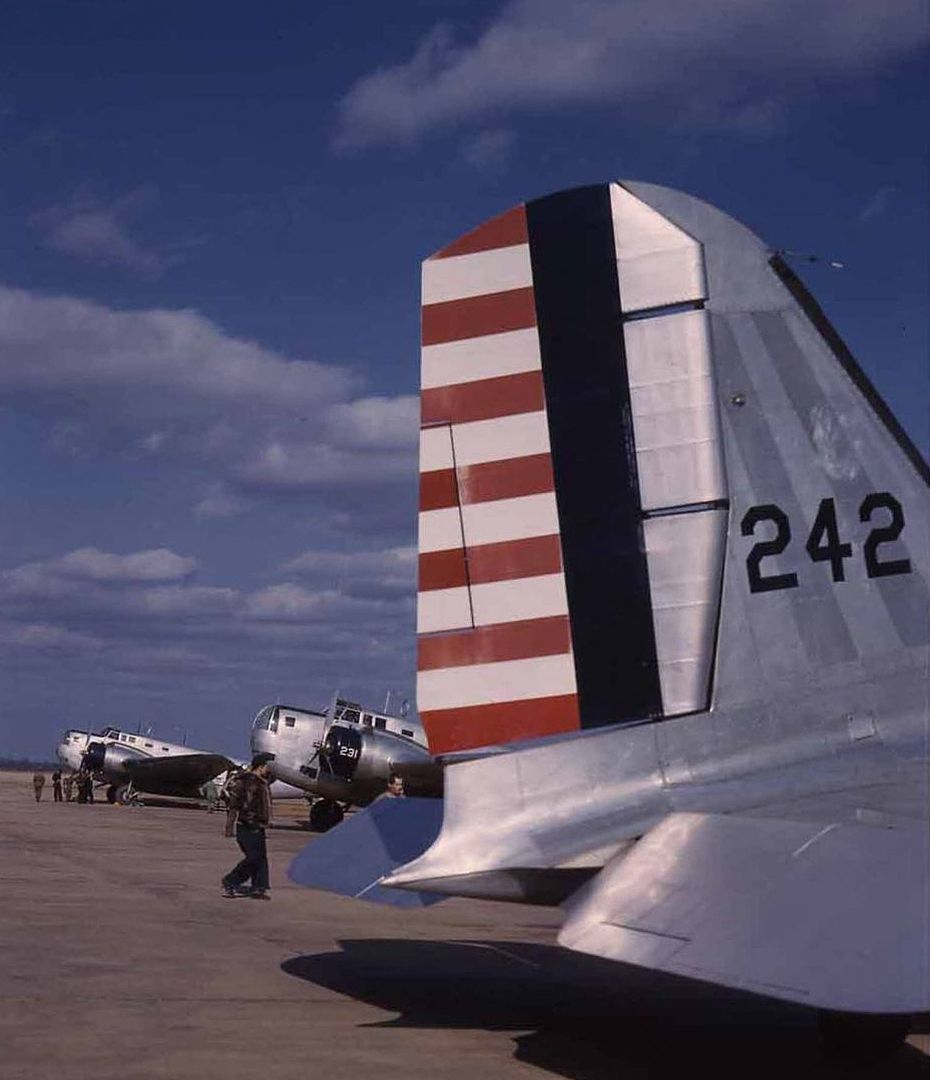
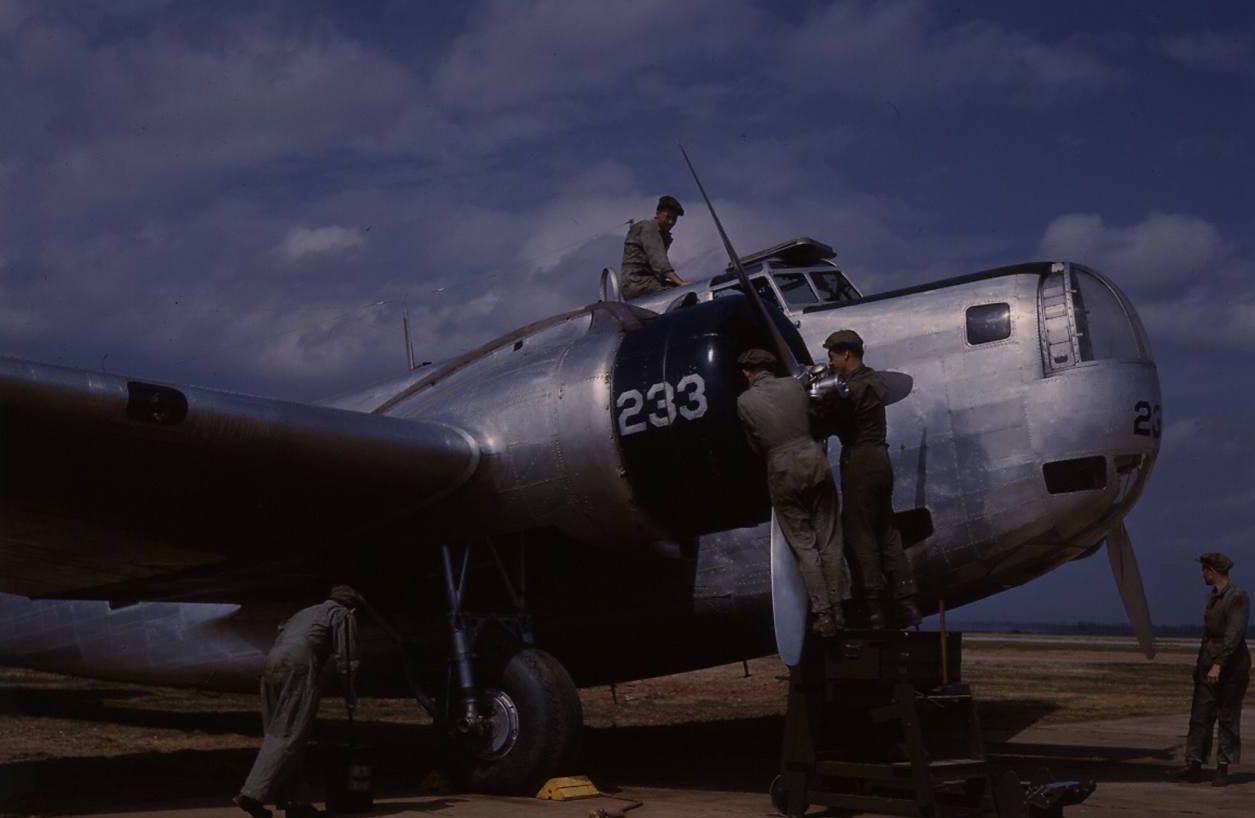

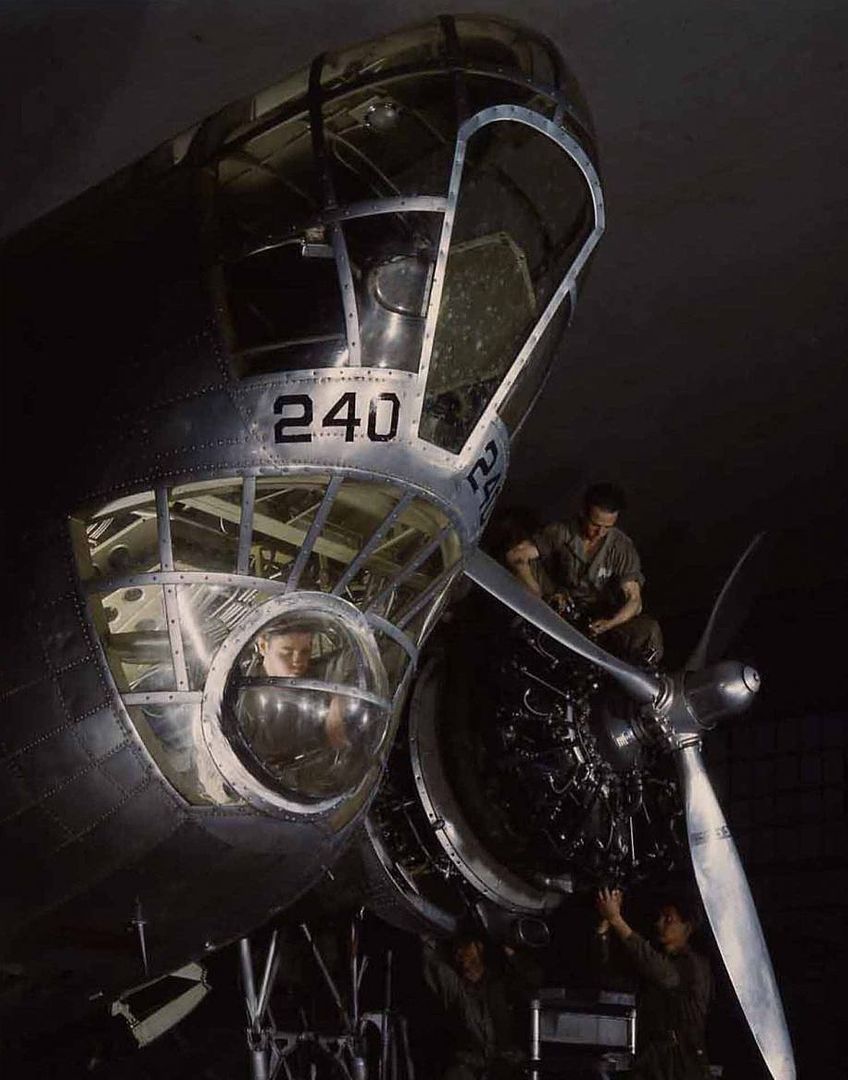
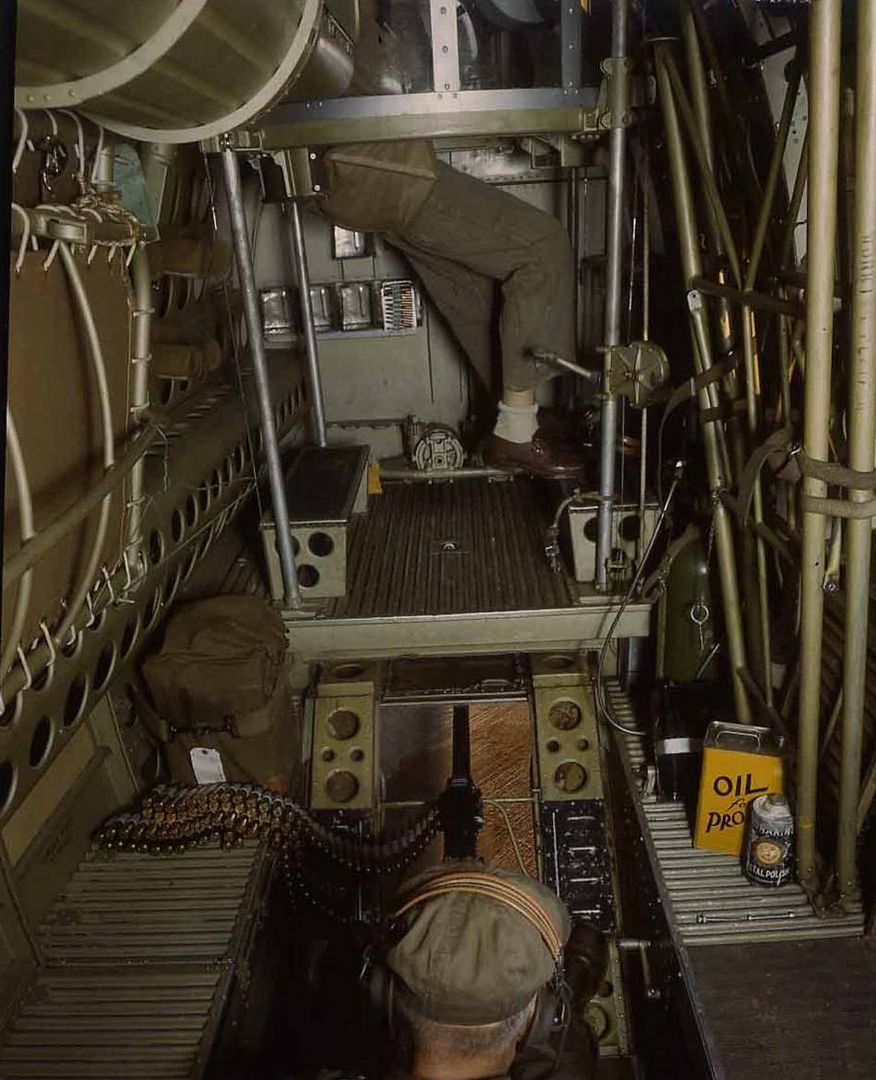
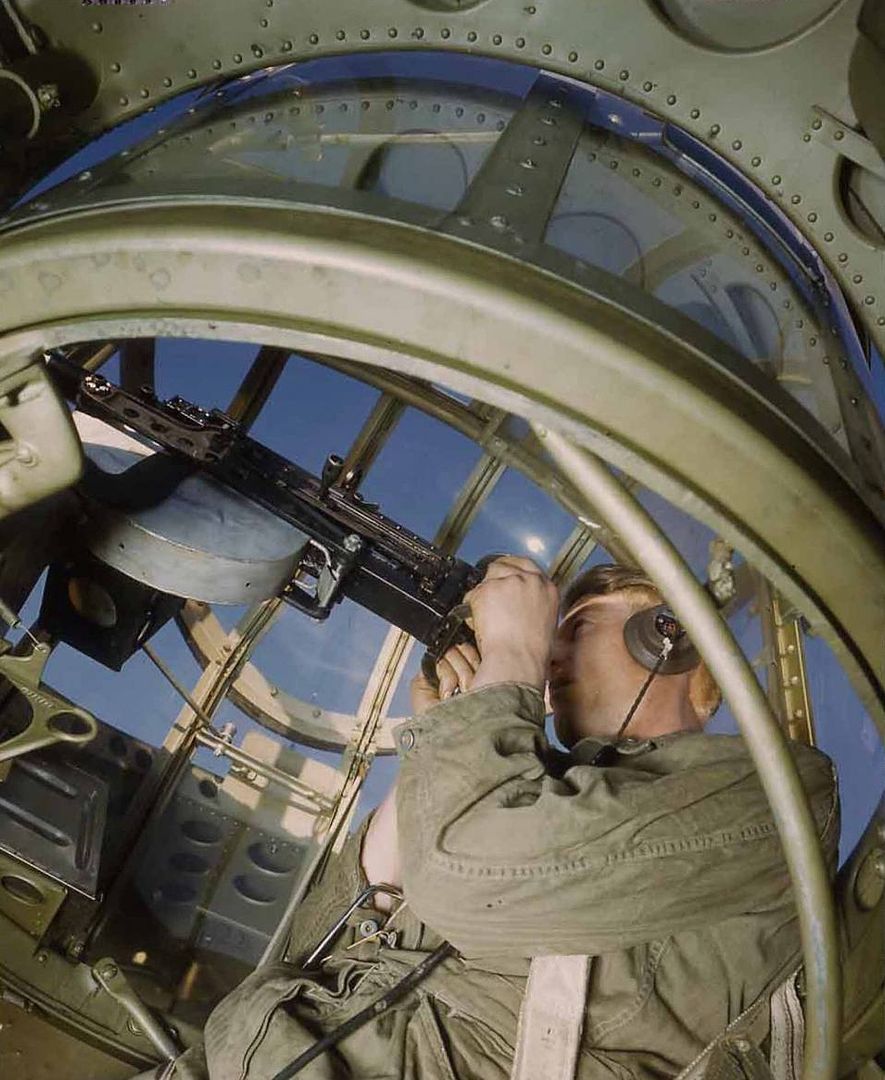
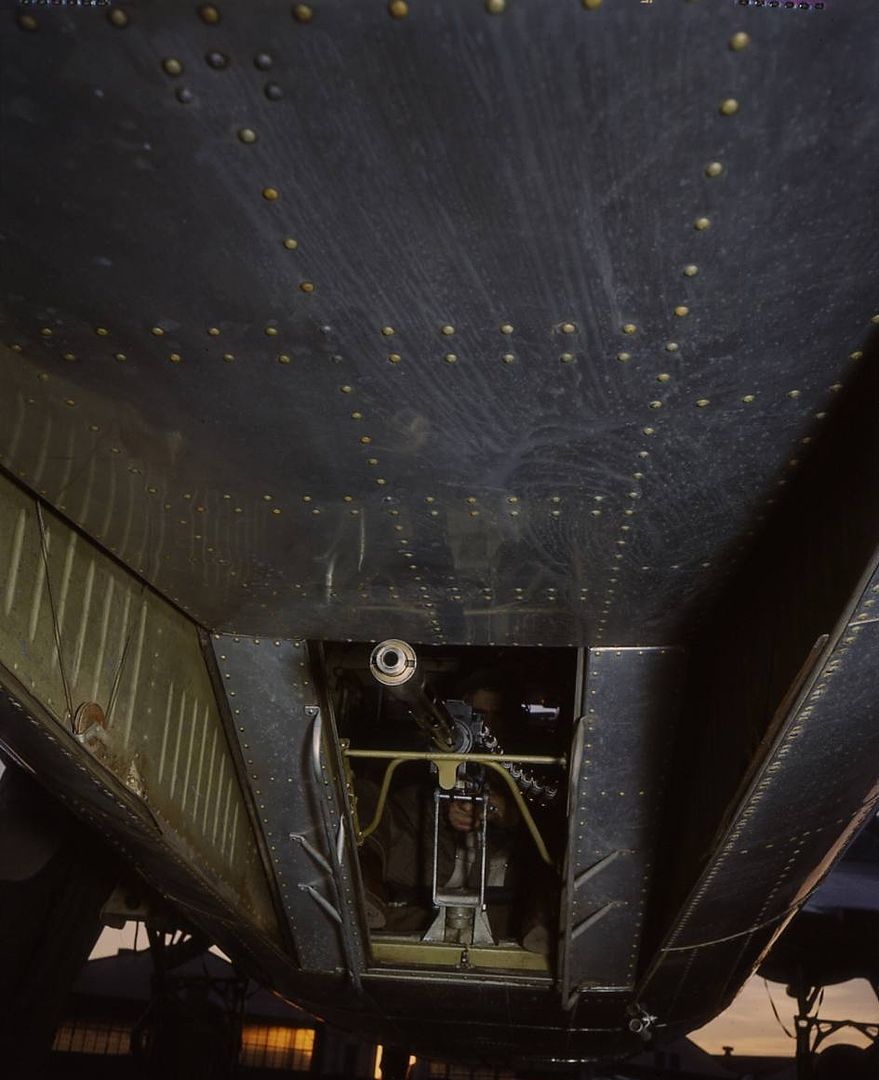
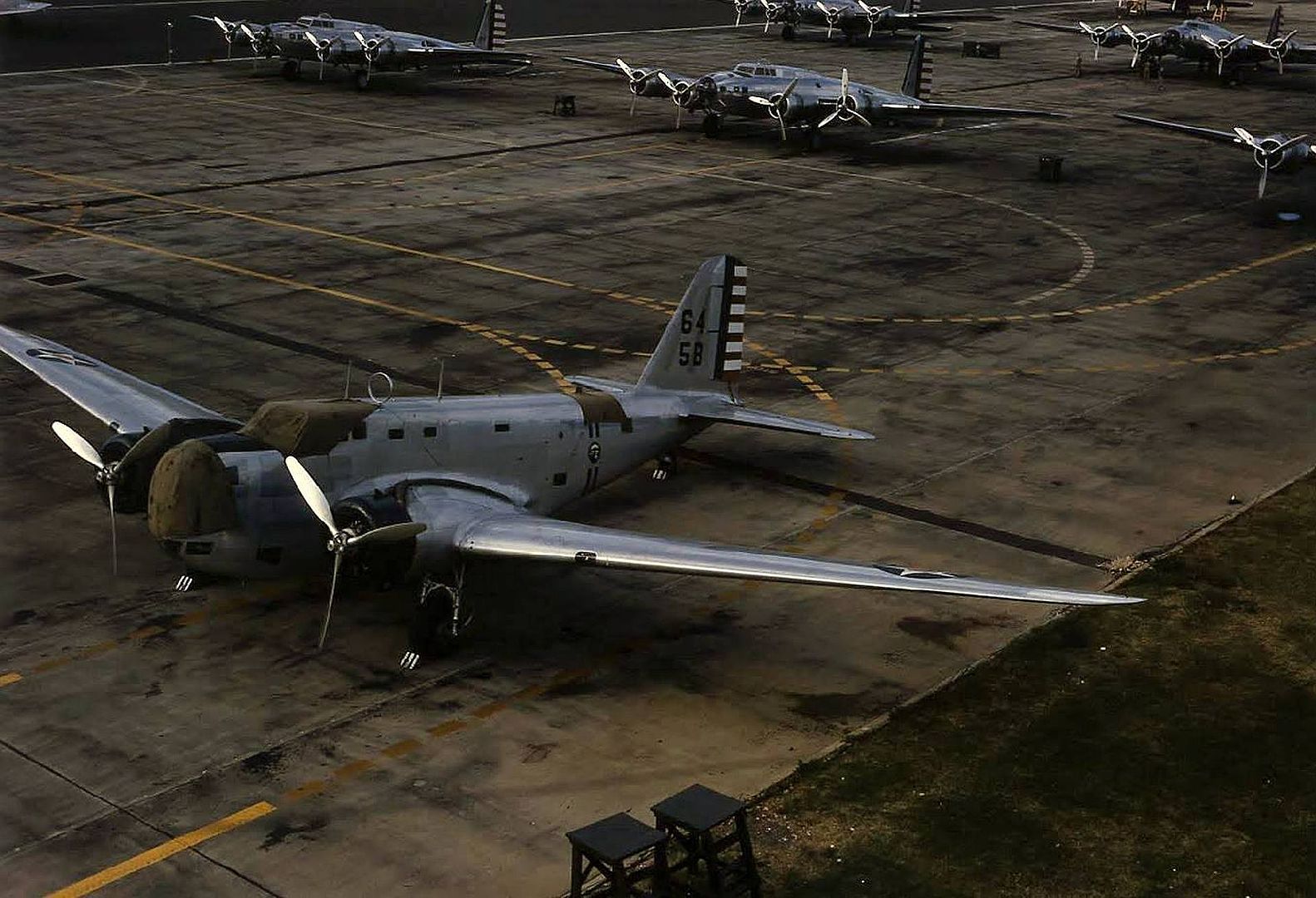
Below close up of a US M.A.D.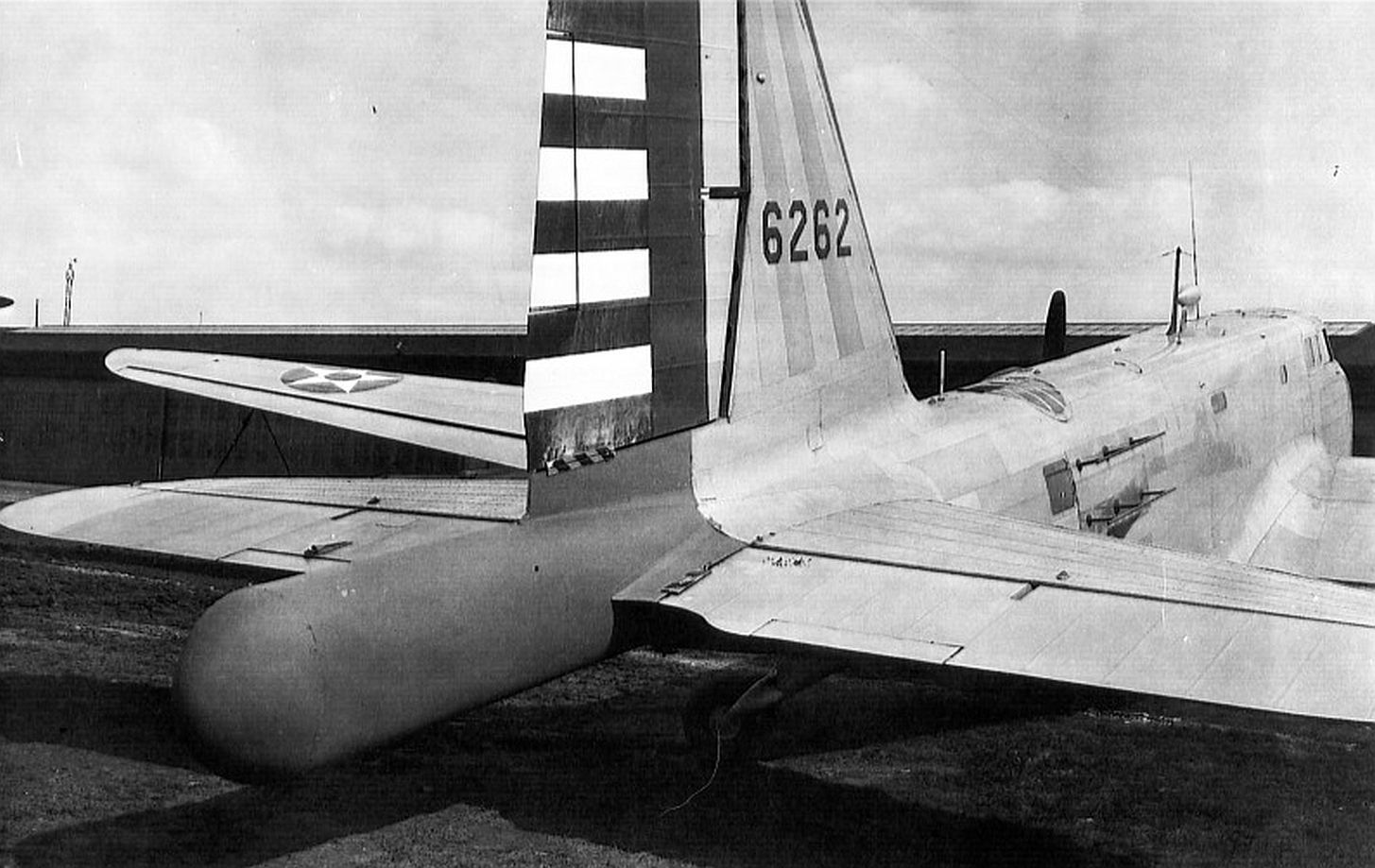
As usual right click
Below RCAF 161 Bomber Reconnaissance Squadron B-18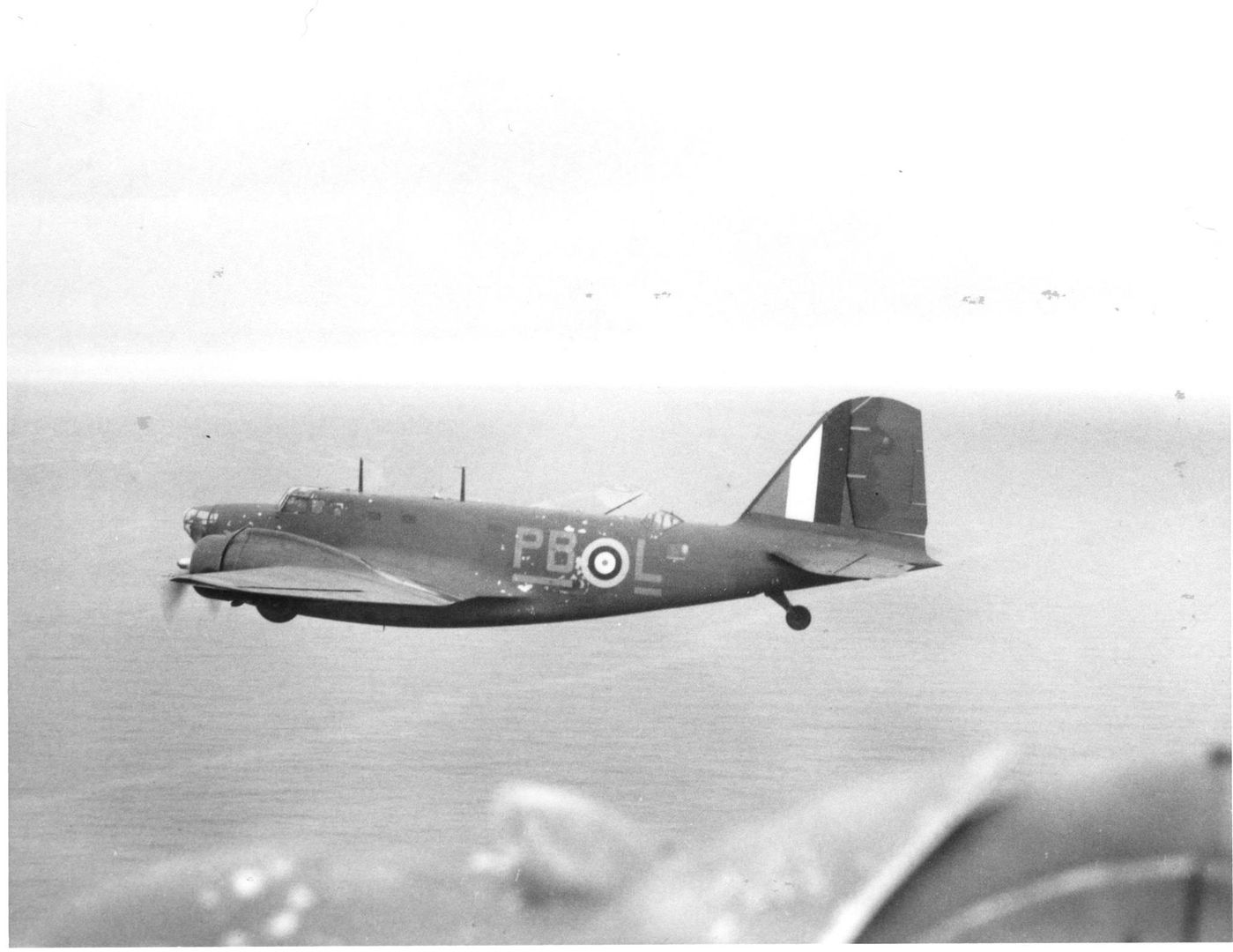
Below Douglas Digby taken on July 6 1940.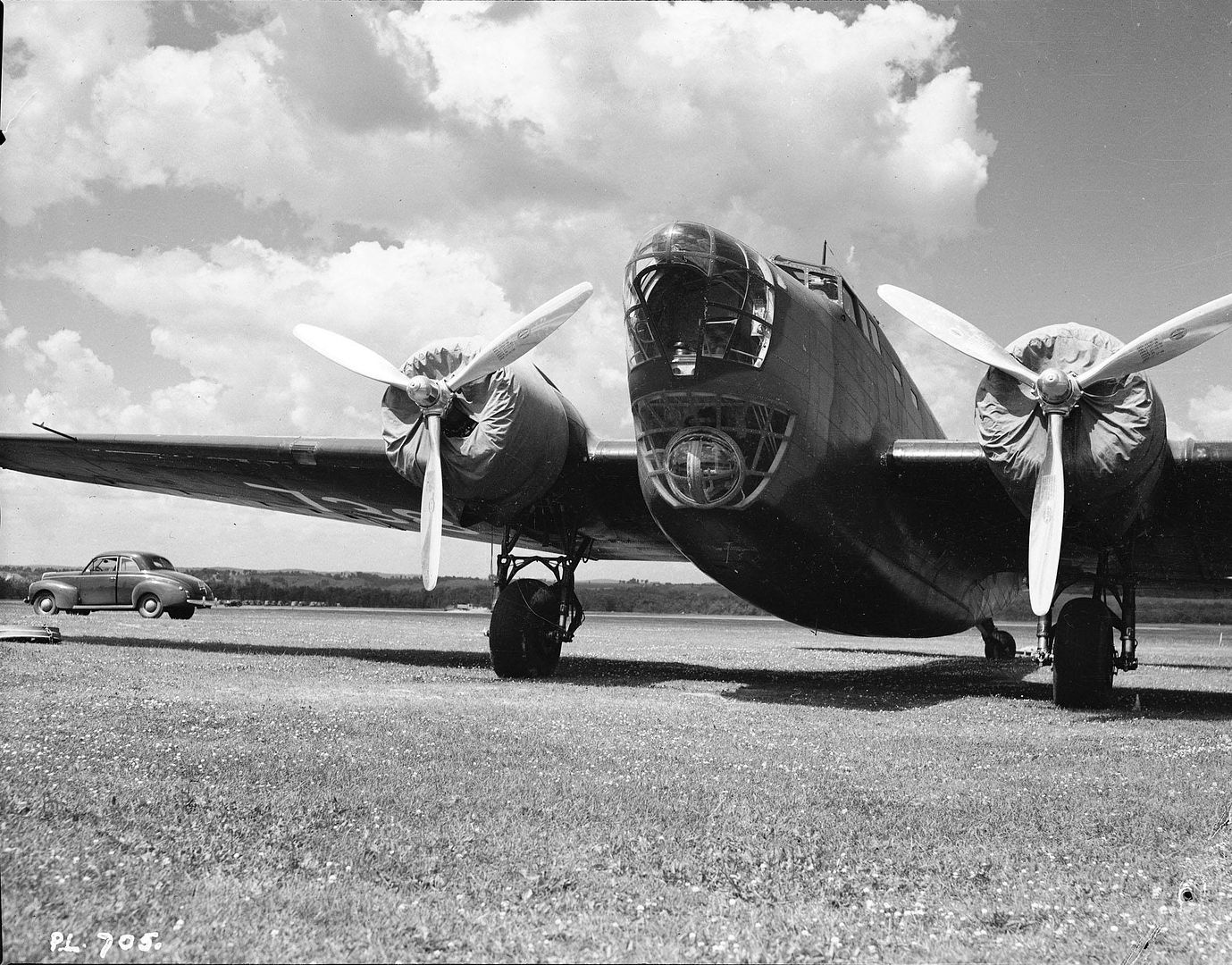
Below Douglas Digby aircraft 751 JK-K of the R.C.A.F. equipped with Experimental radar equipment Rockcliffe Ont. July 1942.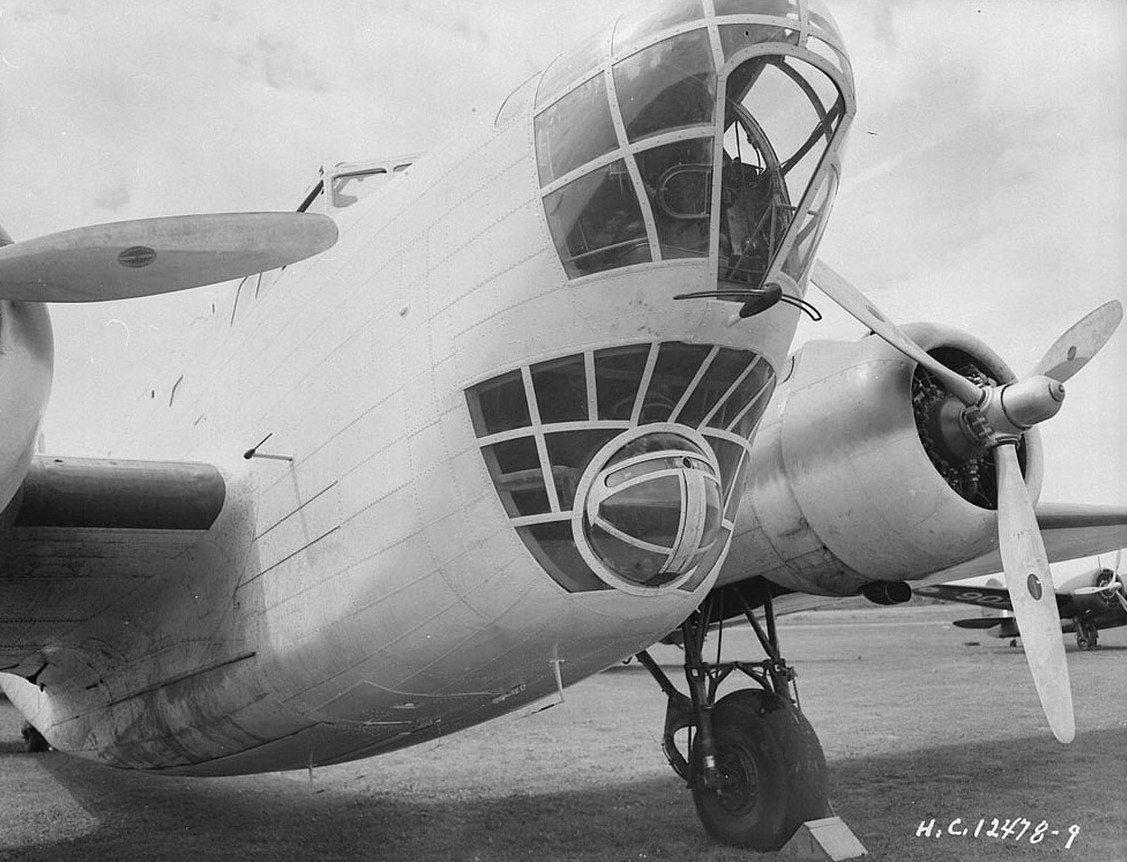
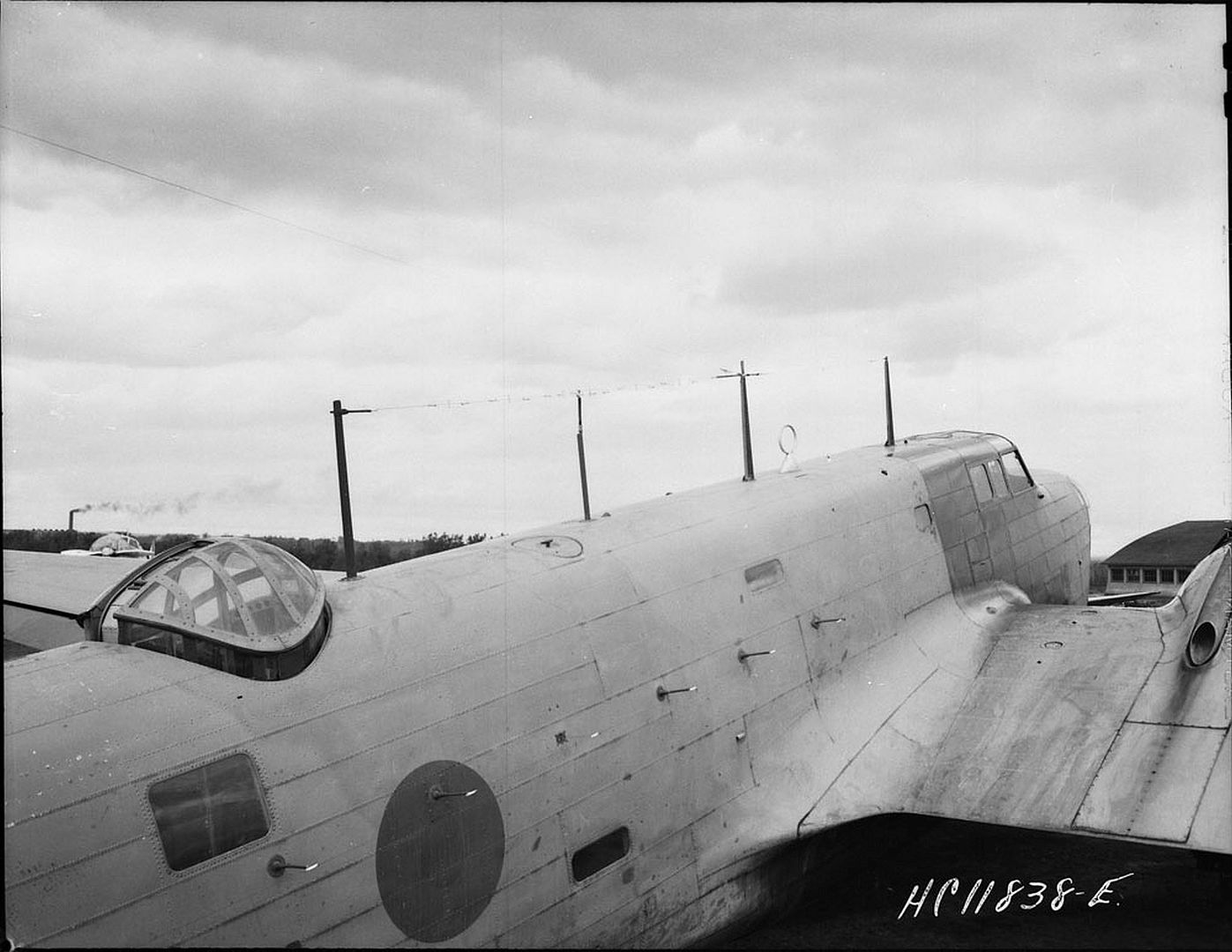
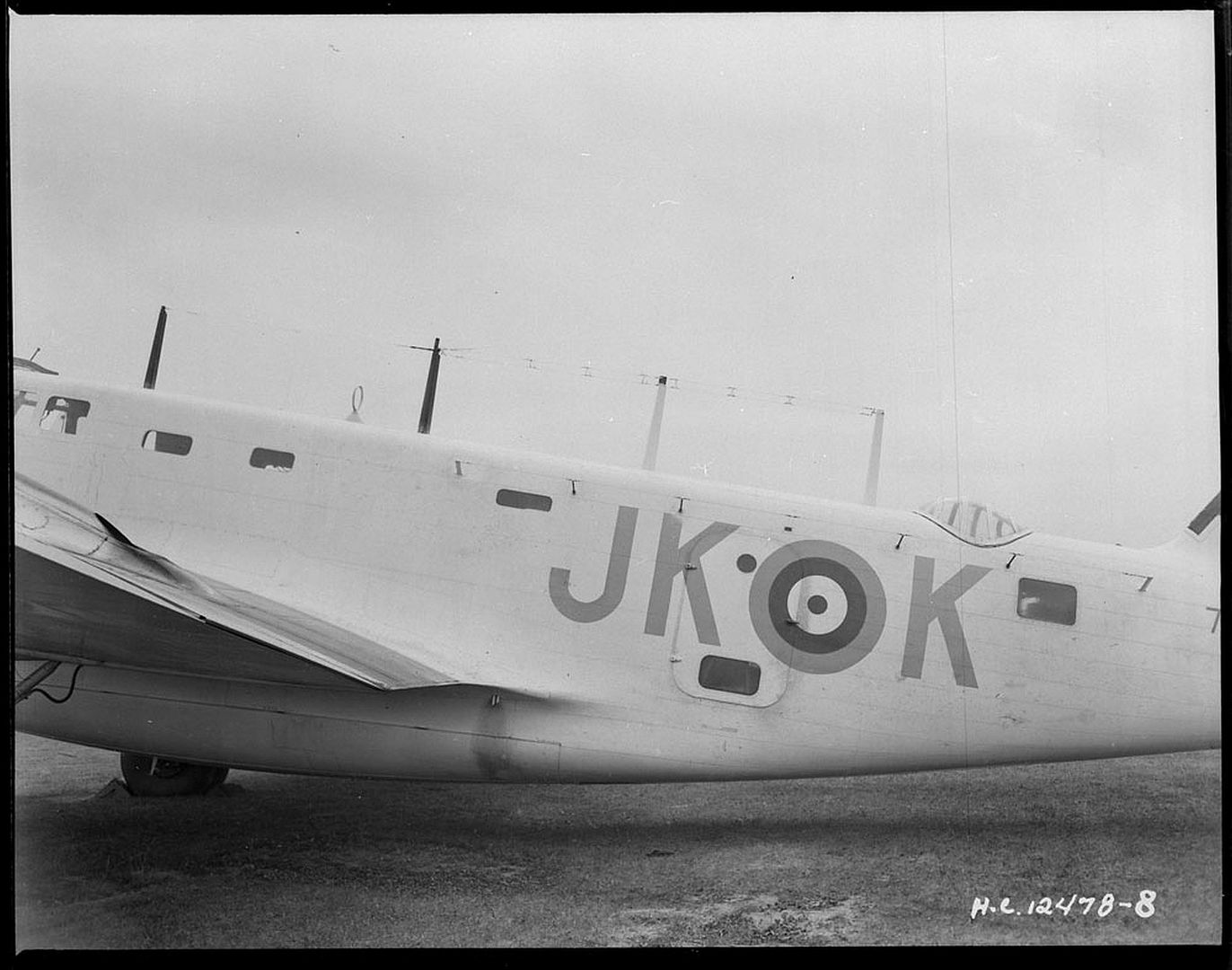
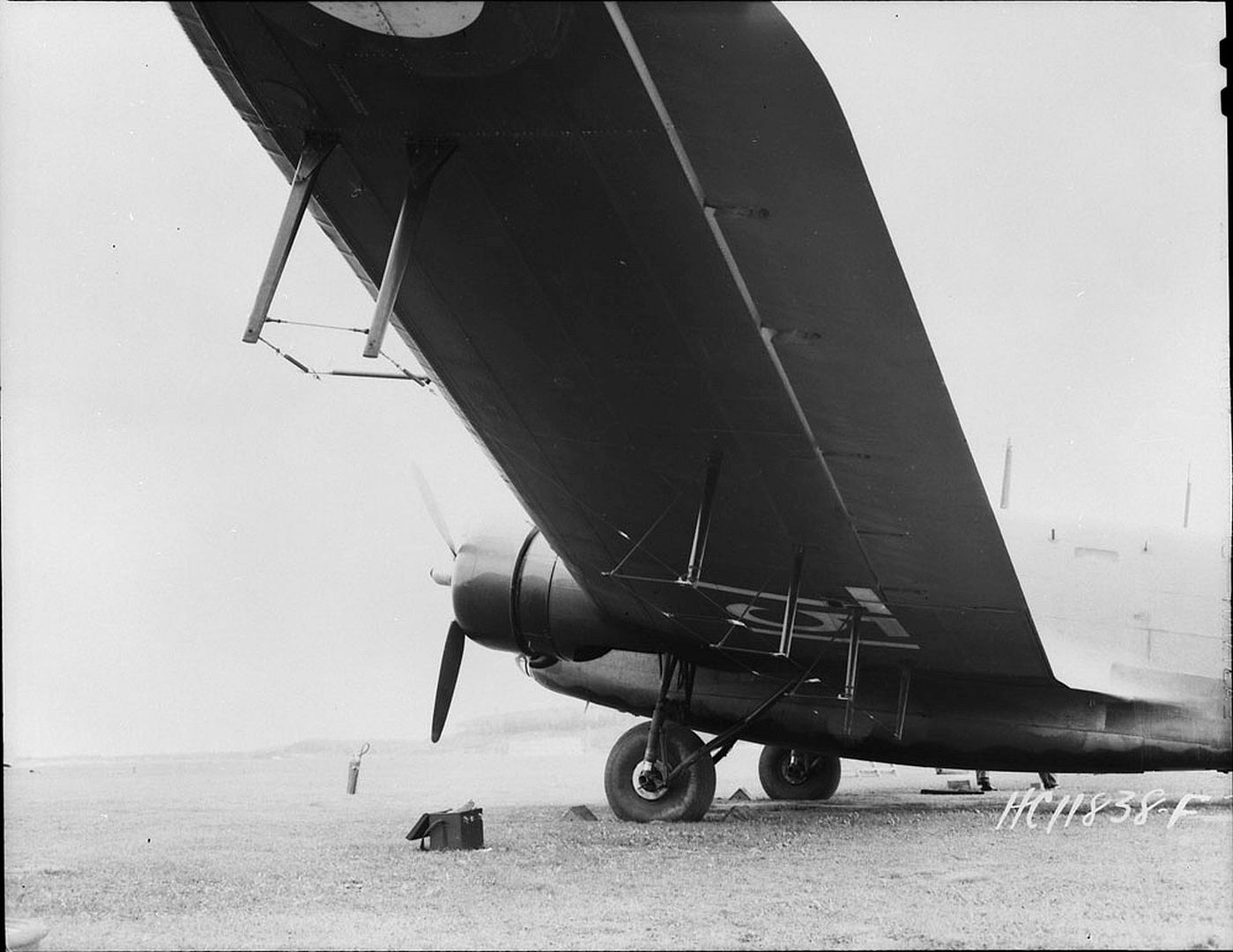

Below same aircraft taken 15 July 1941.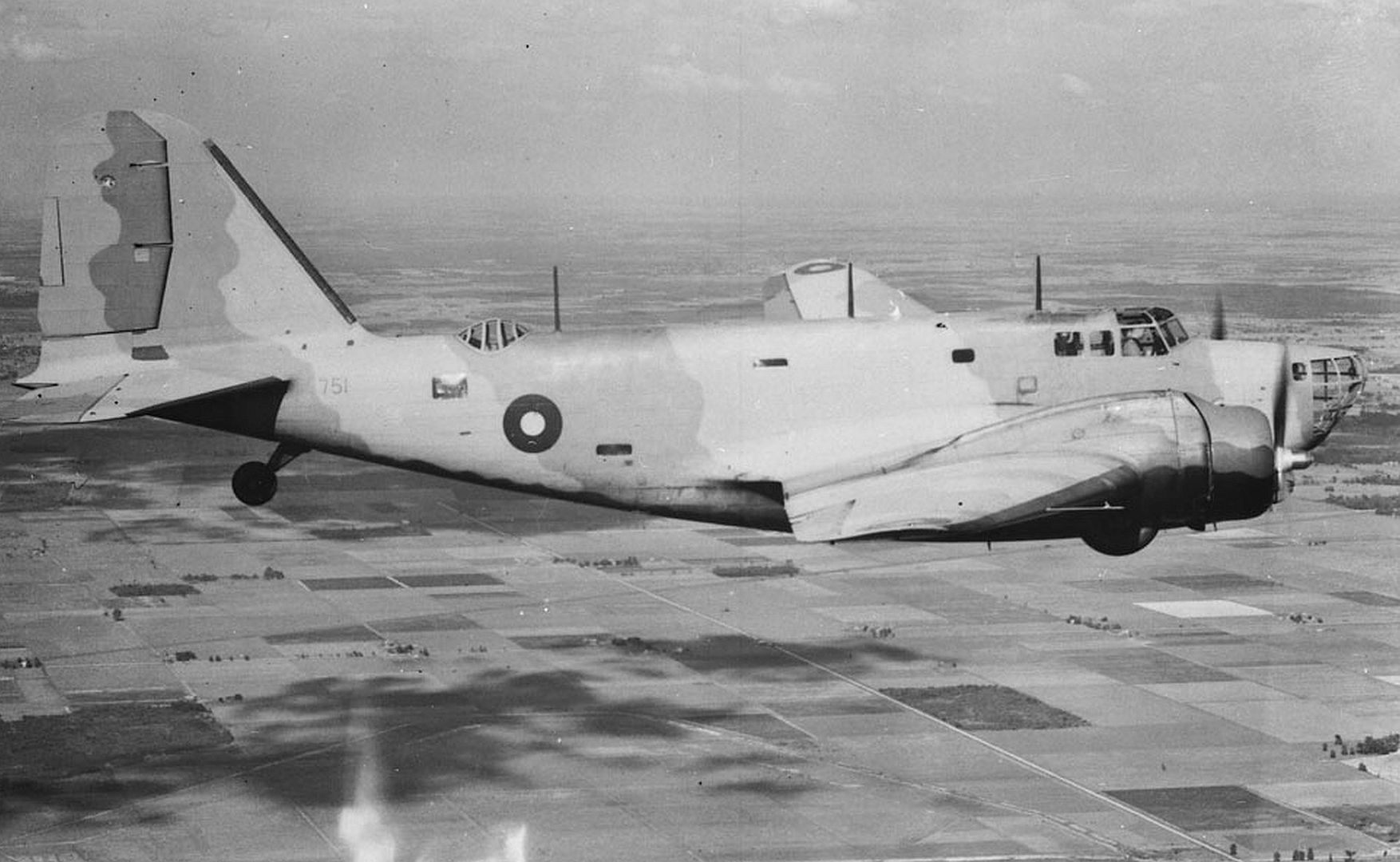
Regards Duggy
Post a reply
- Go to Previous topic
- Go to Next topic
- Go to Welcome
- Go to Introduce Yourself
- Go to General Discussion
- Go to Screenshots, Images and Videos
- Go to Off topic
- Go to Works in Progress
- Go to Skinning Tips / Tutorials
- Go to Skin Requests
- Go to IJAAF Library
- Go to Luftwaffe Library
- Go to RAF Library
- Go to USAAF / USN Library
- Go to Misc Library
- Go to The Ops Room
- Go to Made in Germany
- Go to Campaigns and Missions
- Go to Works in Progress
- Go to Juri's Air-Raid Shelter
- Go to Campaigns and Missions
- Go to Works in Progress
- Go to Skinpacks
- Go to External Projects Discussion
- Go to Books & Resources
